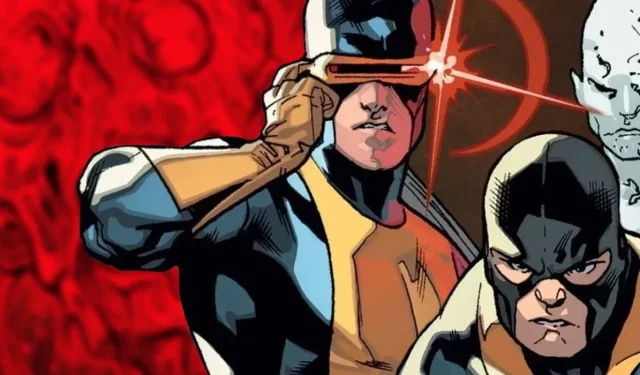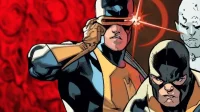Many fans may not realize how closely intertwined the horror genre is with the X-Men franchise. Although the majority of X-Men comics predominantly focus on sci-fi, action, and emotional dramas, the core concept of being a mutant resonates deeply with horror elements. This connection is particularly evident in specific stories that bring these themes to the foreground.
8. The Demon Bear Saga
The New Mutants #18-20 by Chris Claremont and Bill Sienkiewicz
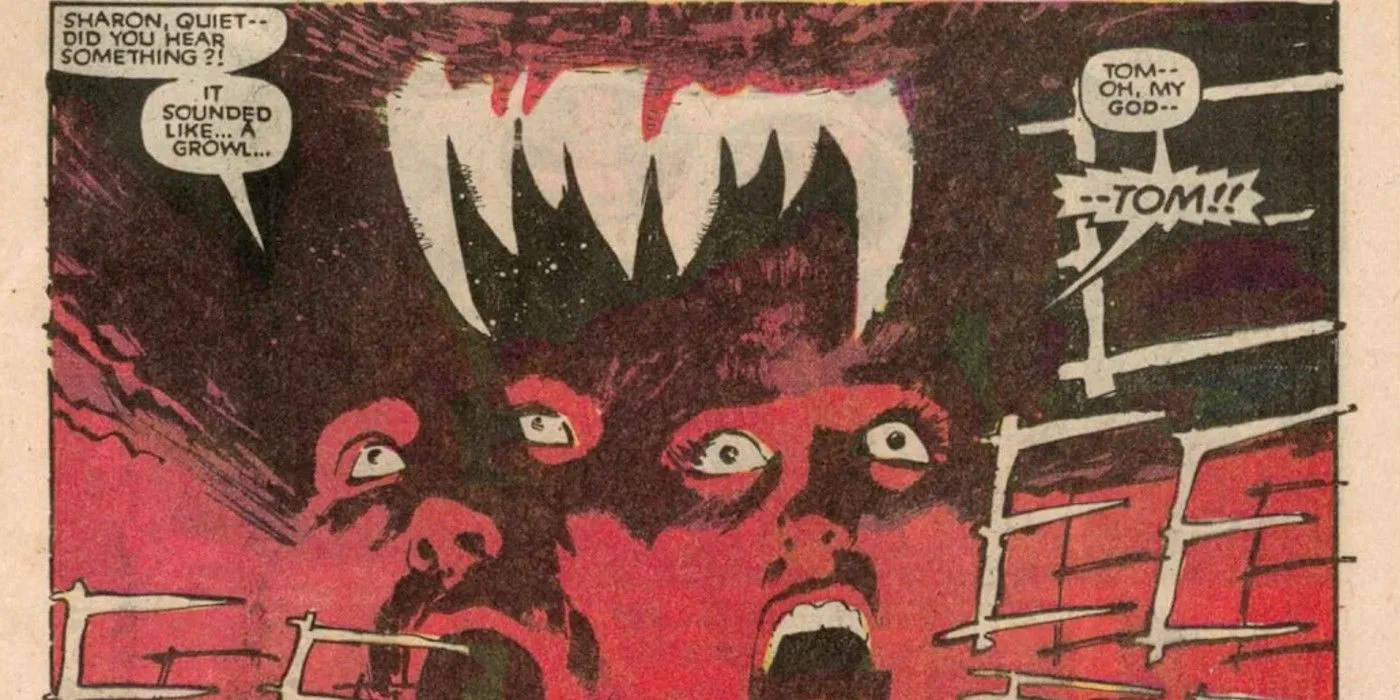
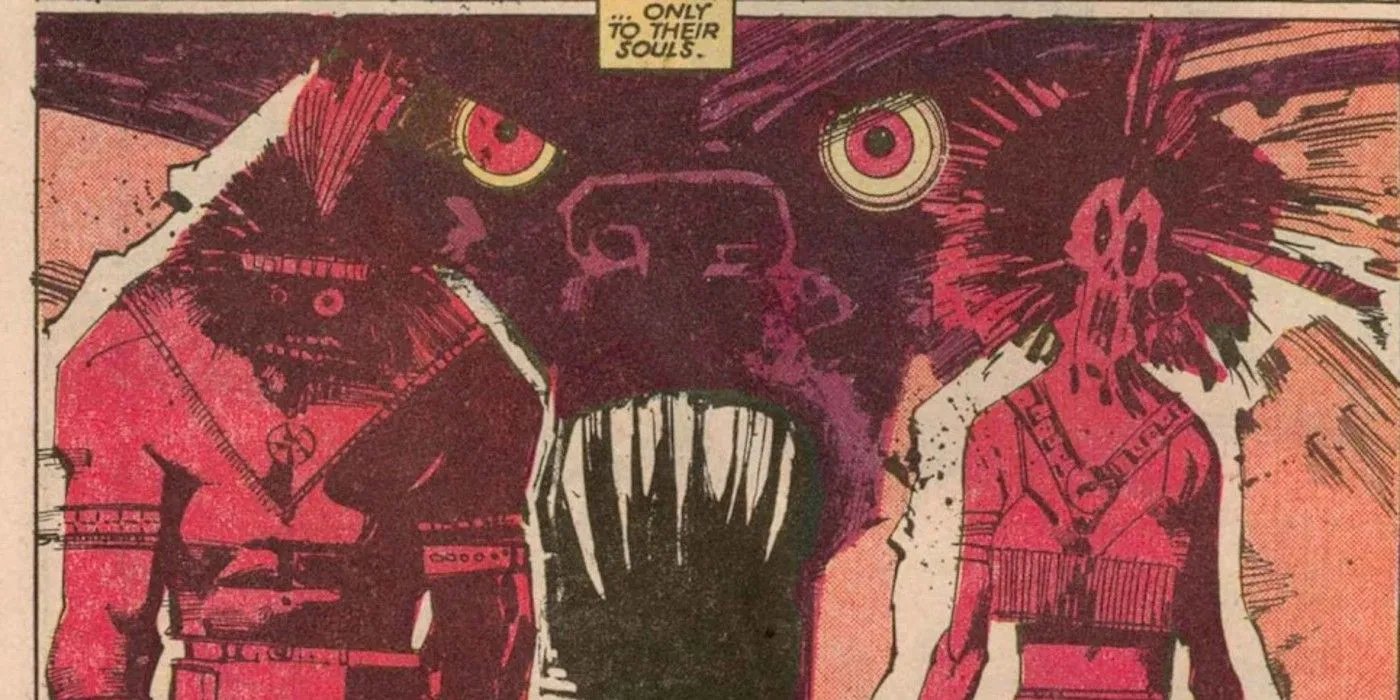
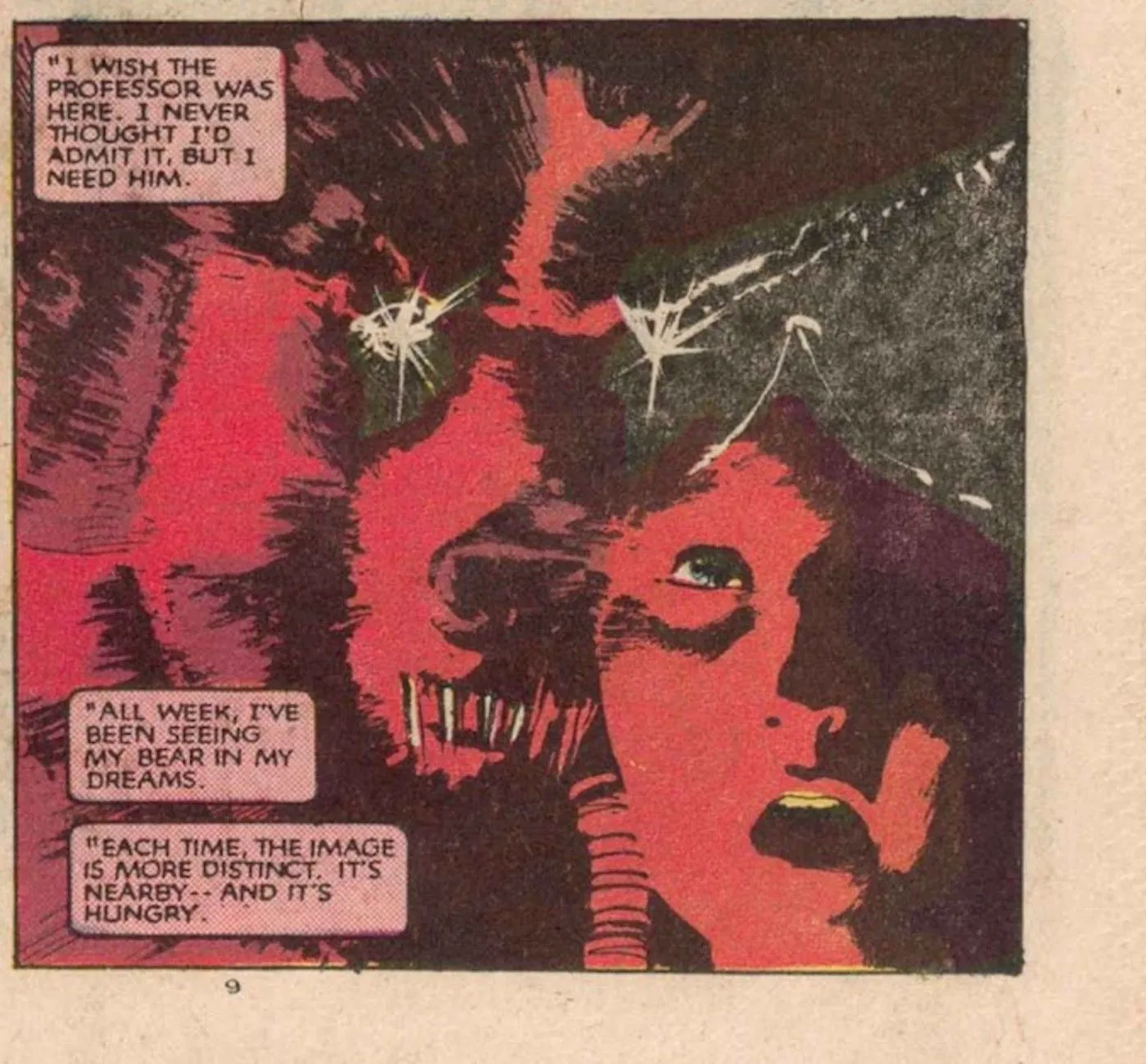
The harrowing narrative of the “Demon Bear Saga”starts with a haunting proclamation: “He’s out there, the Demon Bear that murdered my parents. Watching. Waiting. For me.”As one of the scariest X-Men tales ever, this storyline follows Dani Moonstar as she grapples with traumatic visions of the Demon Bear, who took her parents from her. The blend of flashbacks and tangible reality culminates in a confrontation that is more terrifying with each haunting glimpse the readers get of the creature.
Each attack from the Demon Bear is not merely a frightening occurrence; the graphic illustrations showcase the bloody ferocity of this formidable foe. The atmosphere created around the Demon Bear is palpably tense, making it difficult for readers to turn the page without feeling a shiver of dread whenever it appears.
7. Dark X-Men Was Inspired by Evil Dead
Dark X-Men #1-5 by Steve Foxe and Jonas Scharf
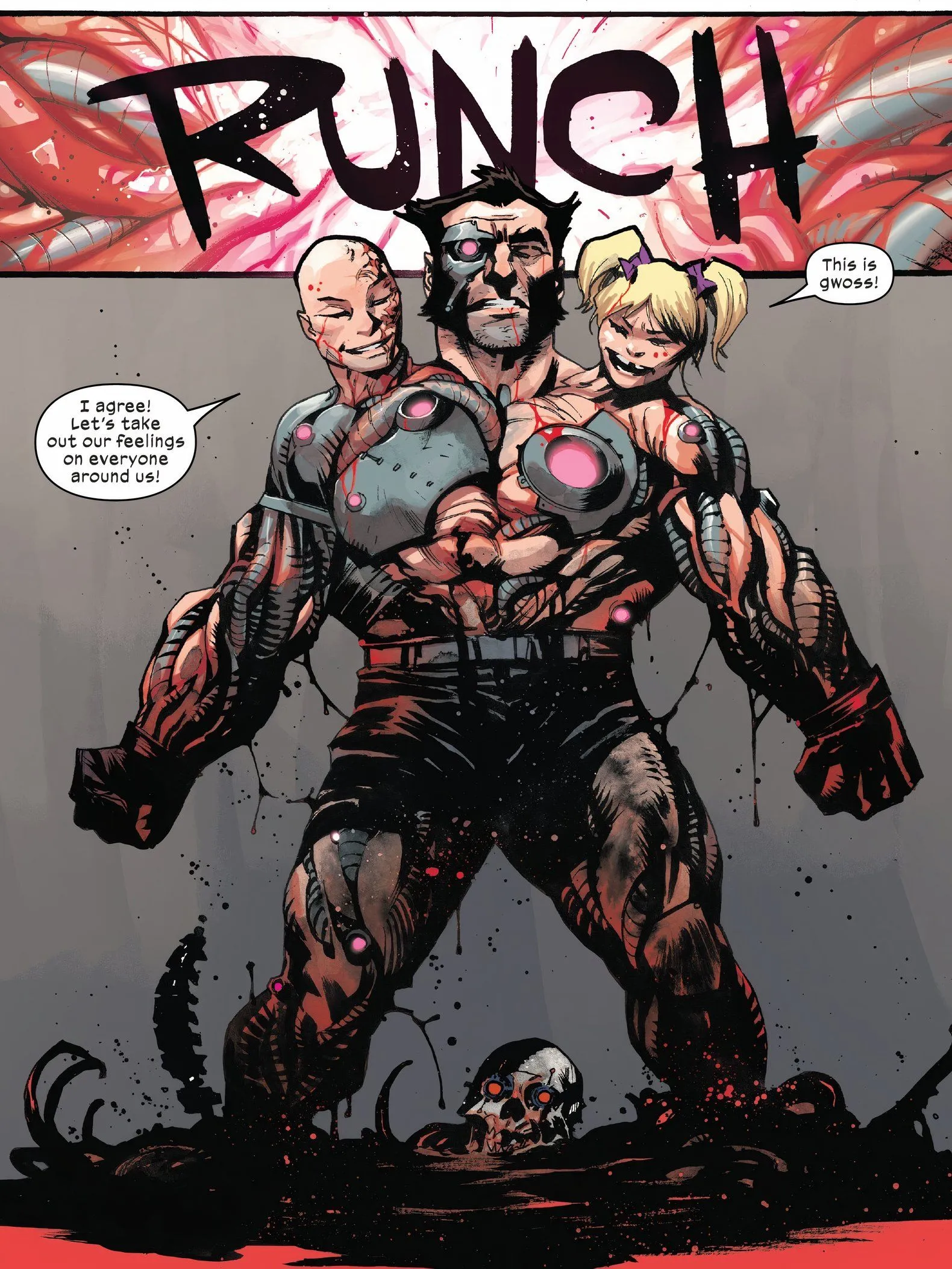
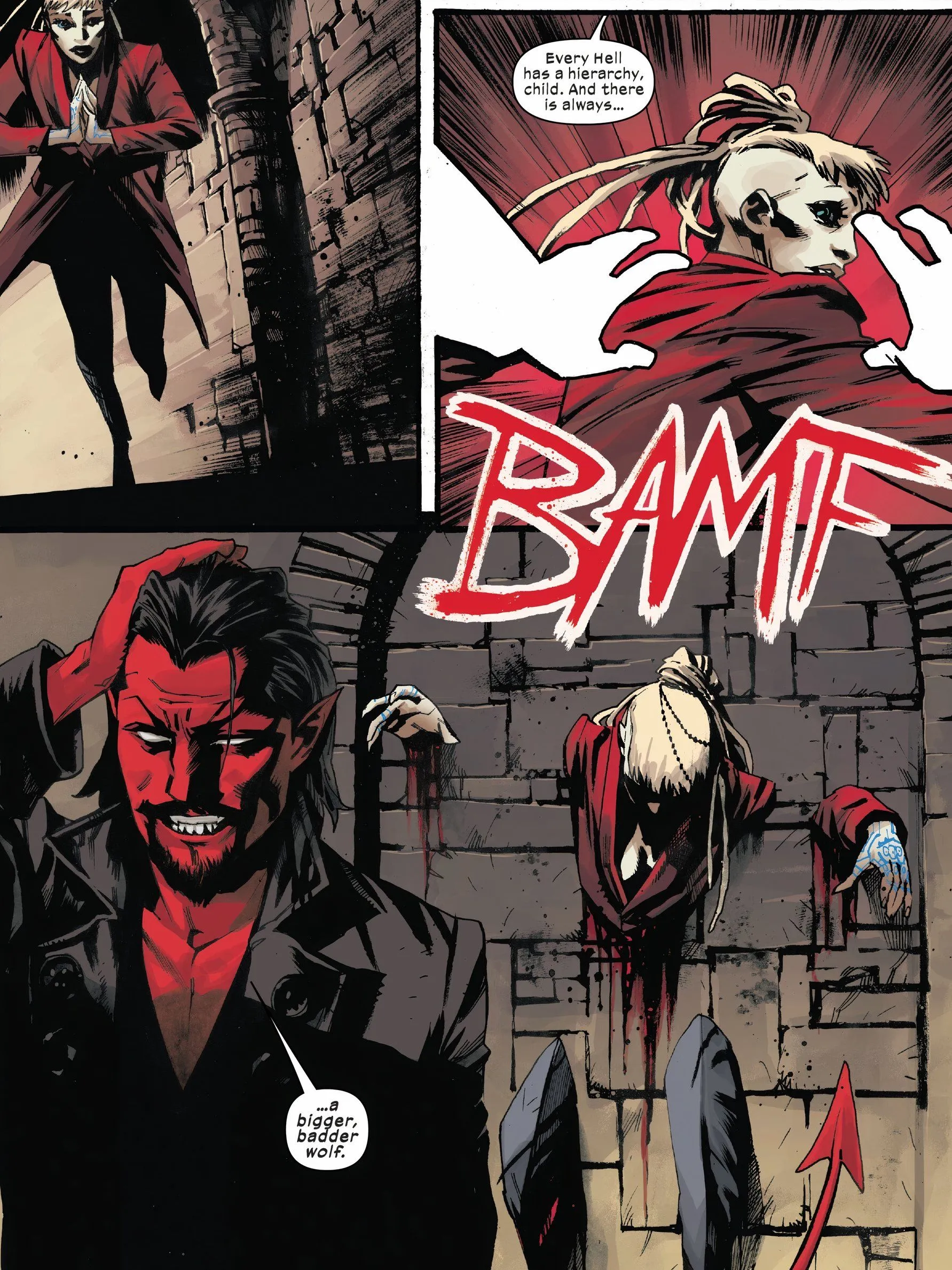
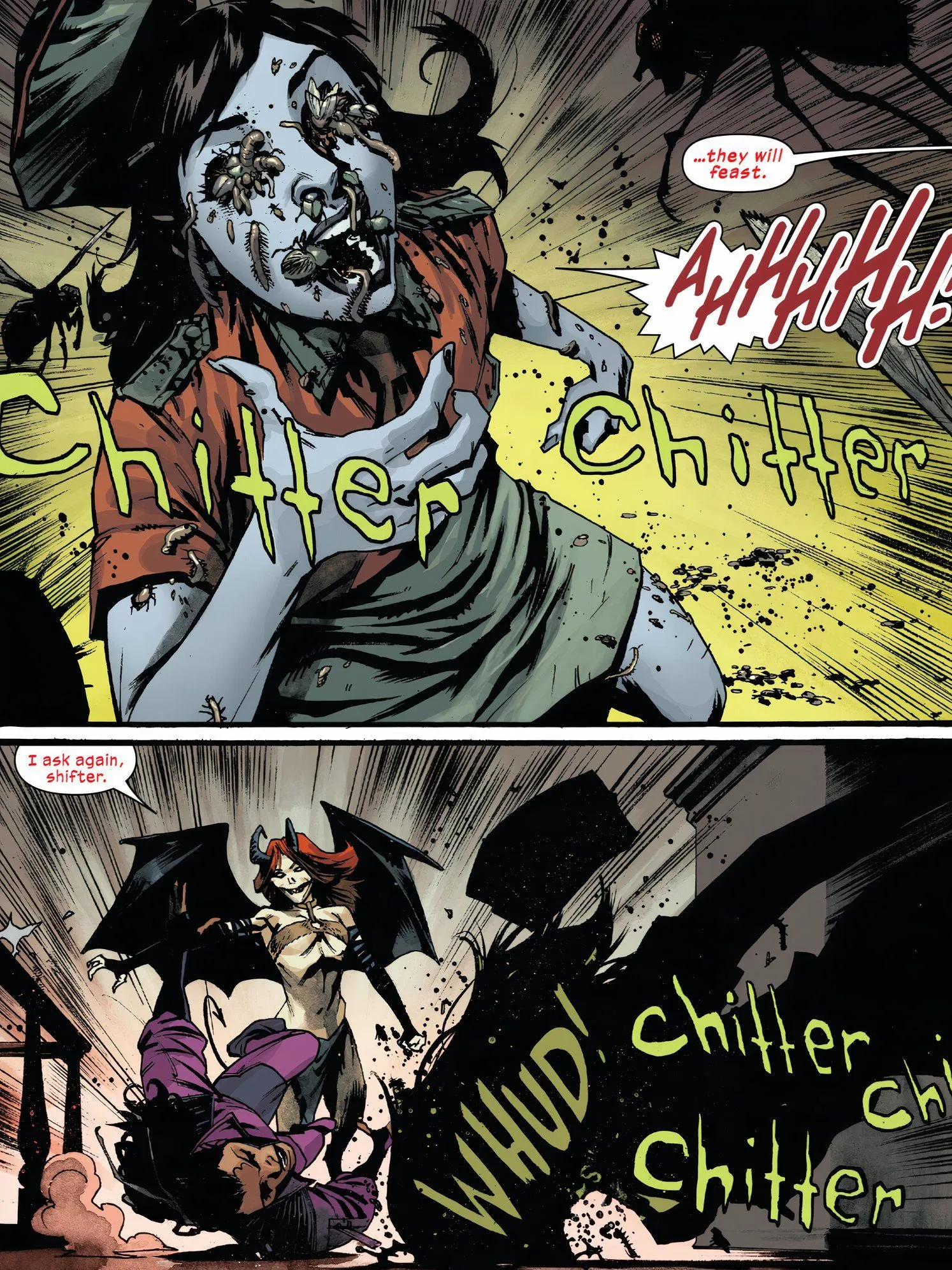
Prior to the release of Dark X-Men, writer Steve Foxe expressed his affinity for “pitch black horror,”specifically inviting comparisons to Evil Dead in discussing the tone he aimed to achieve. This dark ambience, amplified by Jonas Scharf’s evocative art, immerses readers in a chilling experience. Madelyn Pryor’s version of the Dark X-Men diverges dramatically from the typical roster, marking what can arguably be considered the best storyline centered on her character since the classic Inferno saga.
6. 1989’s Inferno Is a Haunting Breakout for the Goblin Queen
Begins with Uncanny X-Men #239 by Chris Claremont and Marc Silvestri; Ends with X-Factor #40 by Louise Jones Simonson and Rob Liefeld
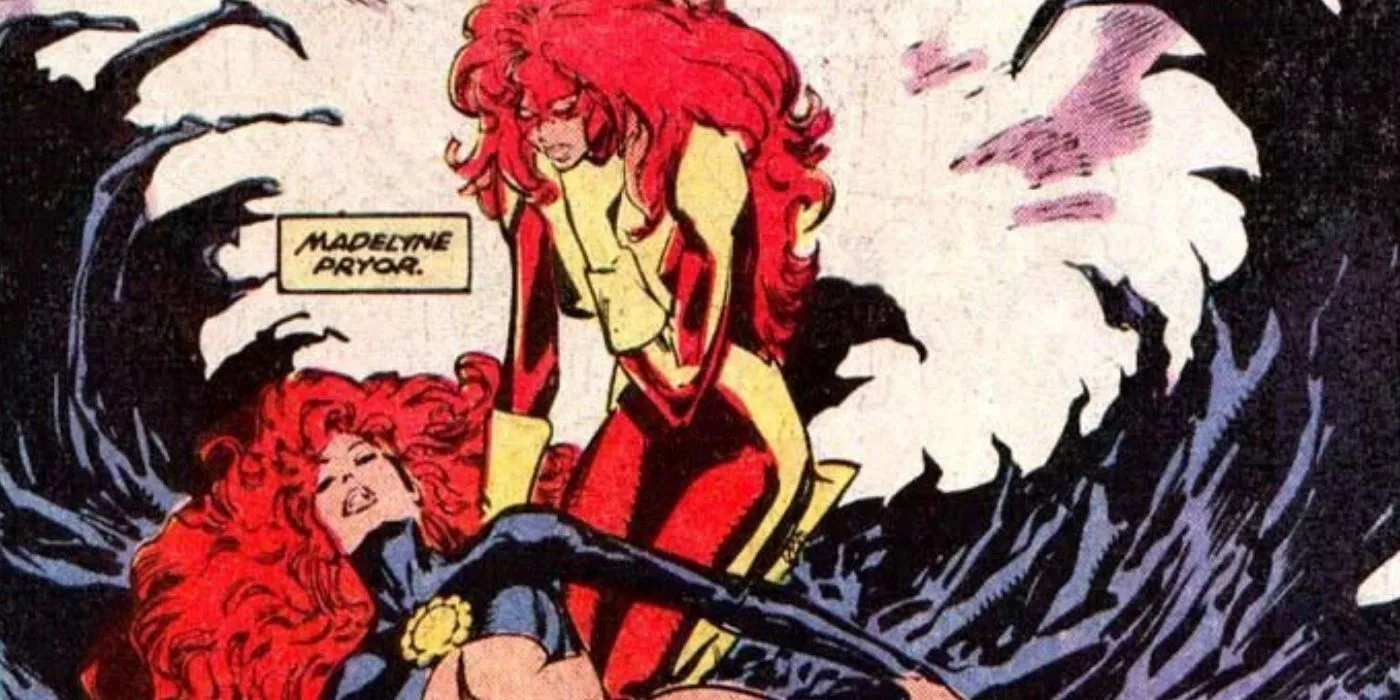
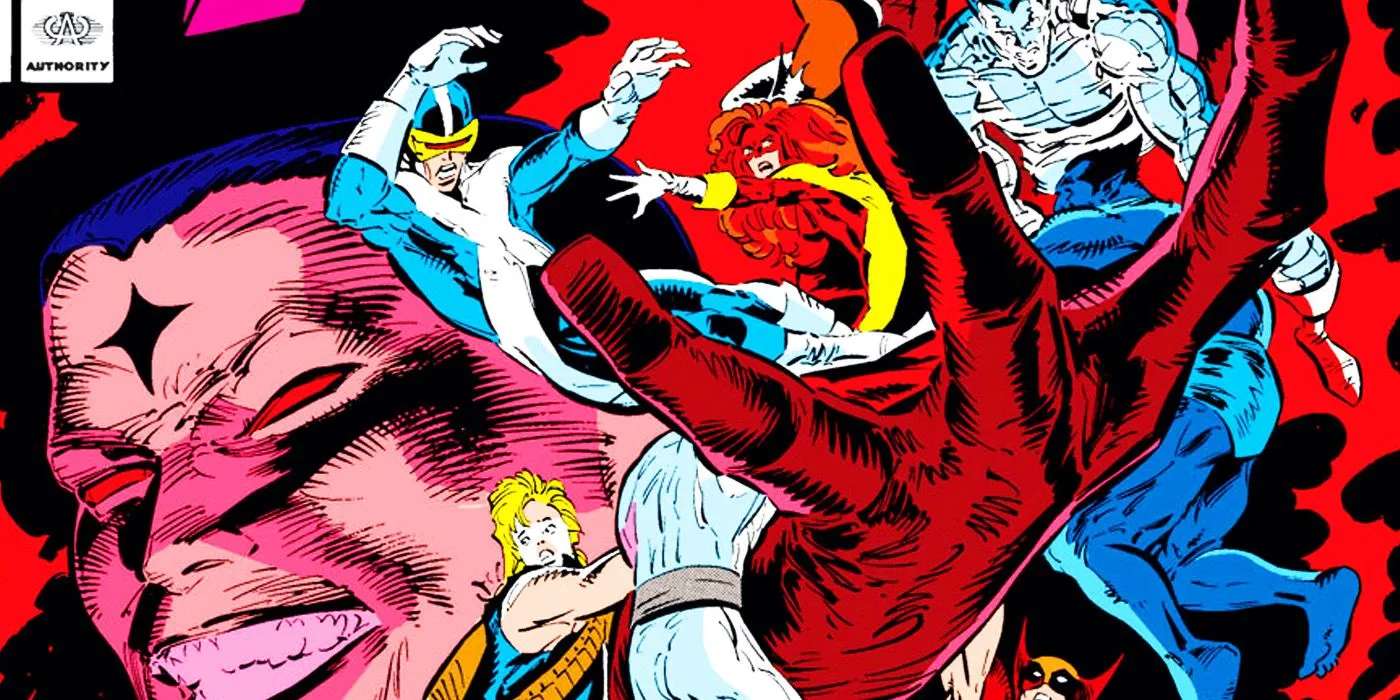
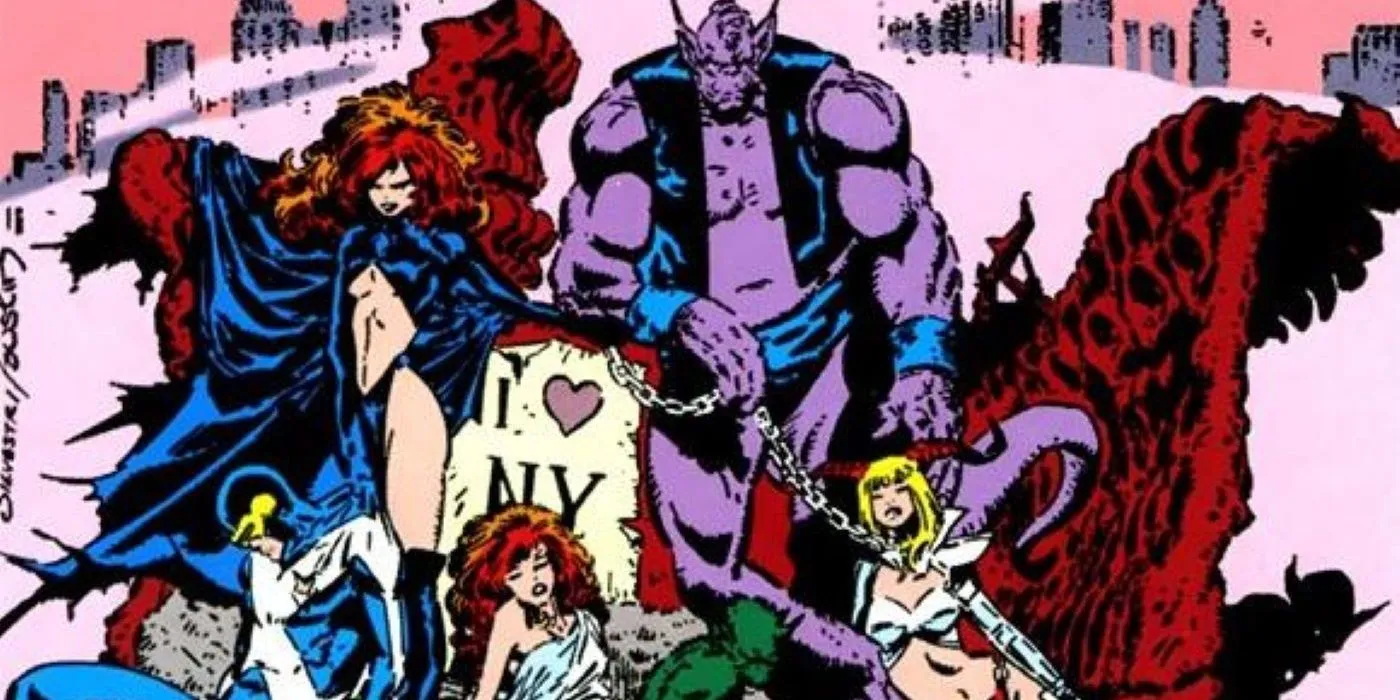
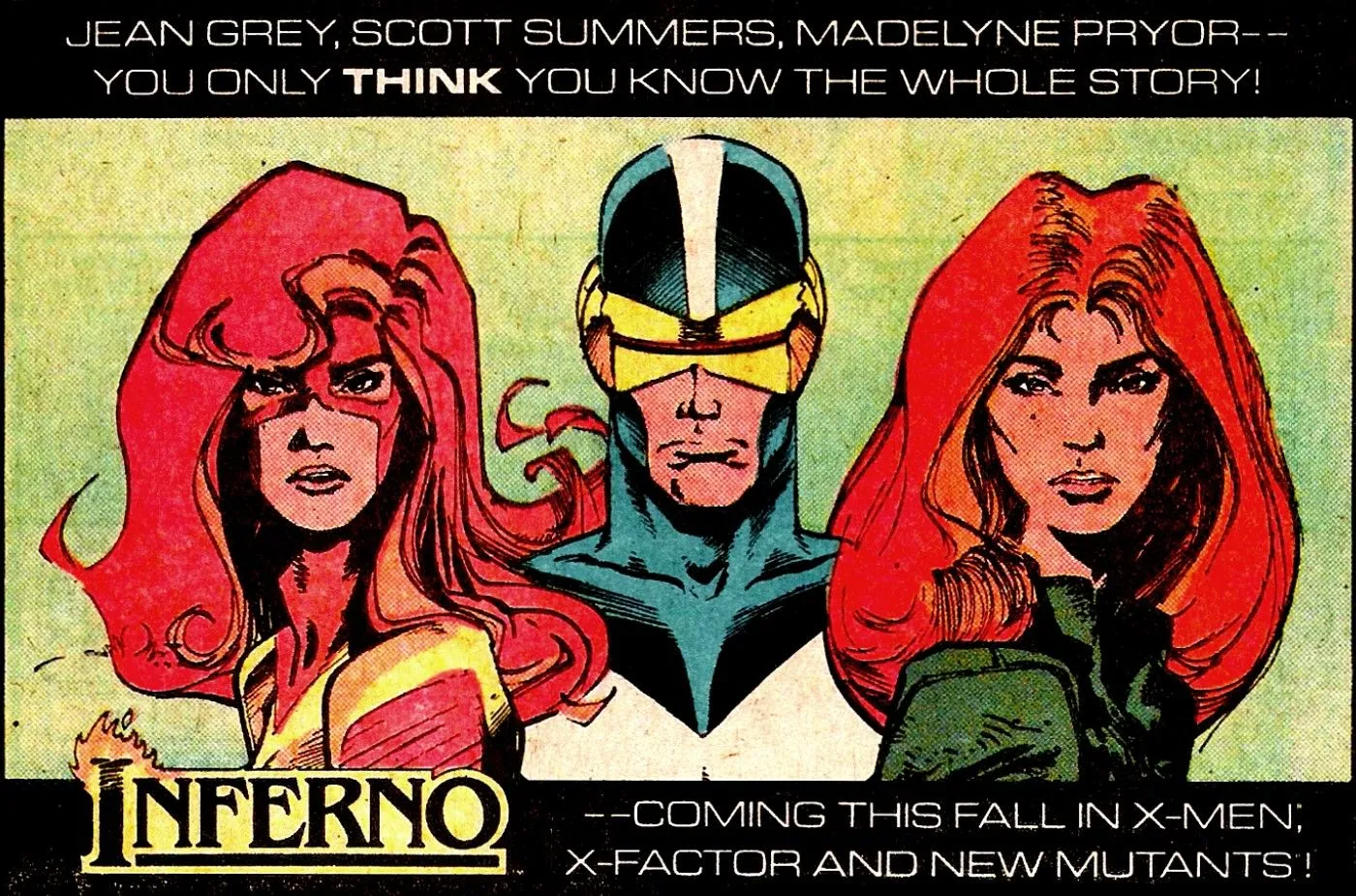
The groundbreaking crossover event, Inferno, unleashed a wave of excitement across all X-titles when it premiered in 1989. Central to the narrative is Madelyn Pryor, who, while initially introduced as Jean Grey’s clone, emerges as the powerful Goblin Queen. This evolution was pivotal for the event, which featured some of the most haunting imagery in 1980s comics.
The quasi-adaptation of Inferno in X-Men ’97 underscores not only its narrative strength but also the indelible impression its visuals make. Throughout the series, the haunting imagery clutches readers, firmly captivating their attention until the compelling conclusion.
5. That Time the X-Men Fought Dracula
Uncanny X-Men #159 and Uncanny X-Men Annual #6 by Chris Claremont and Bill Sienkiewicz
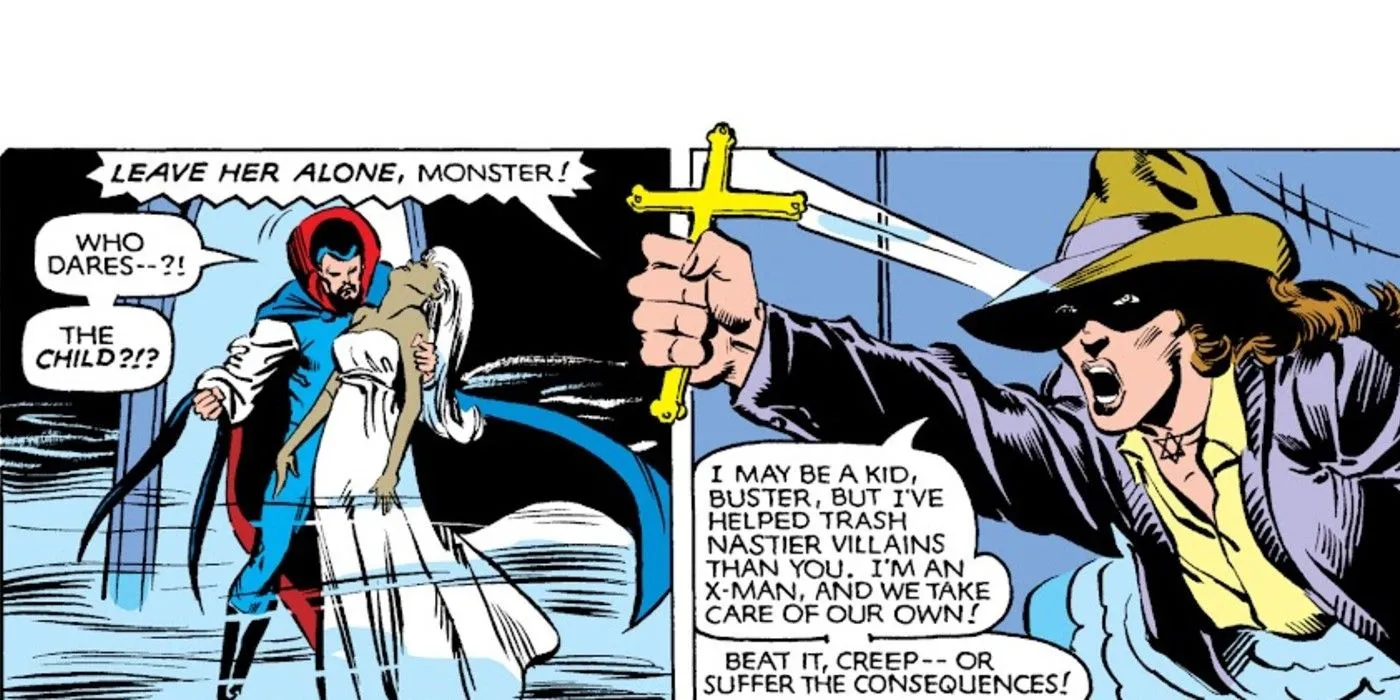
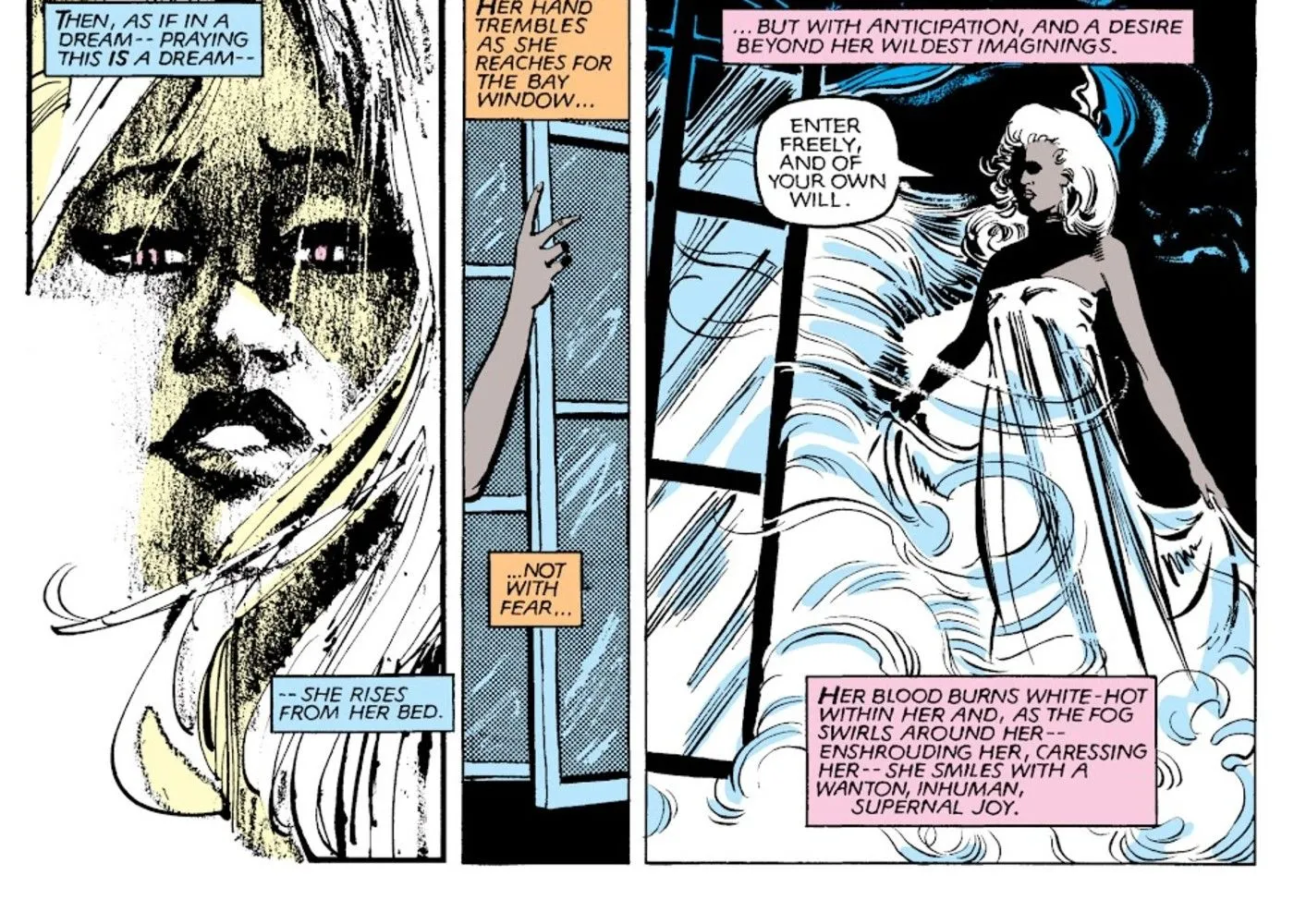
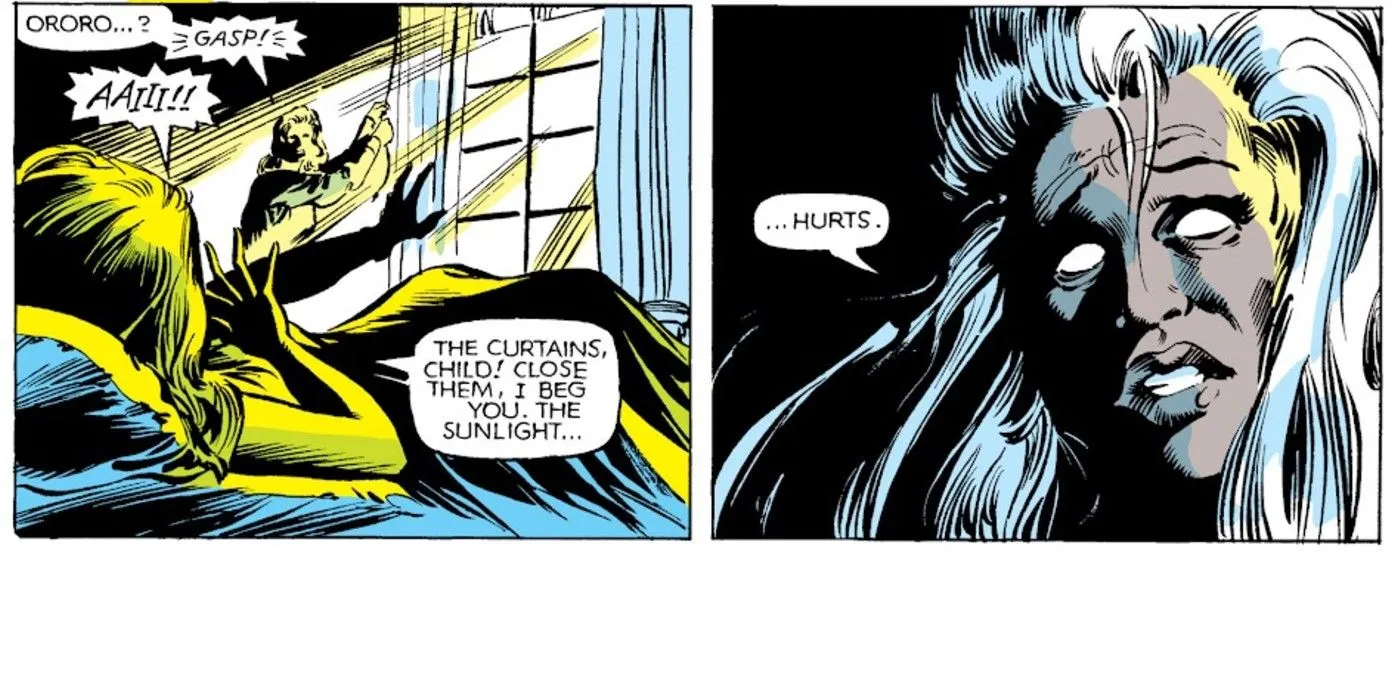
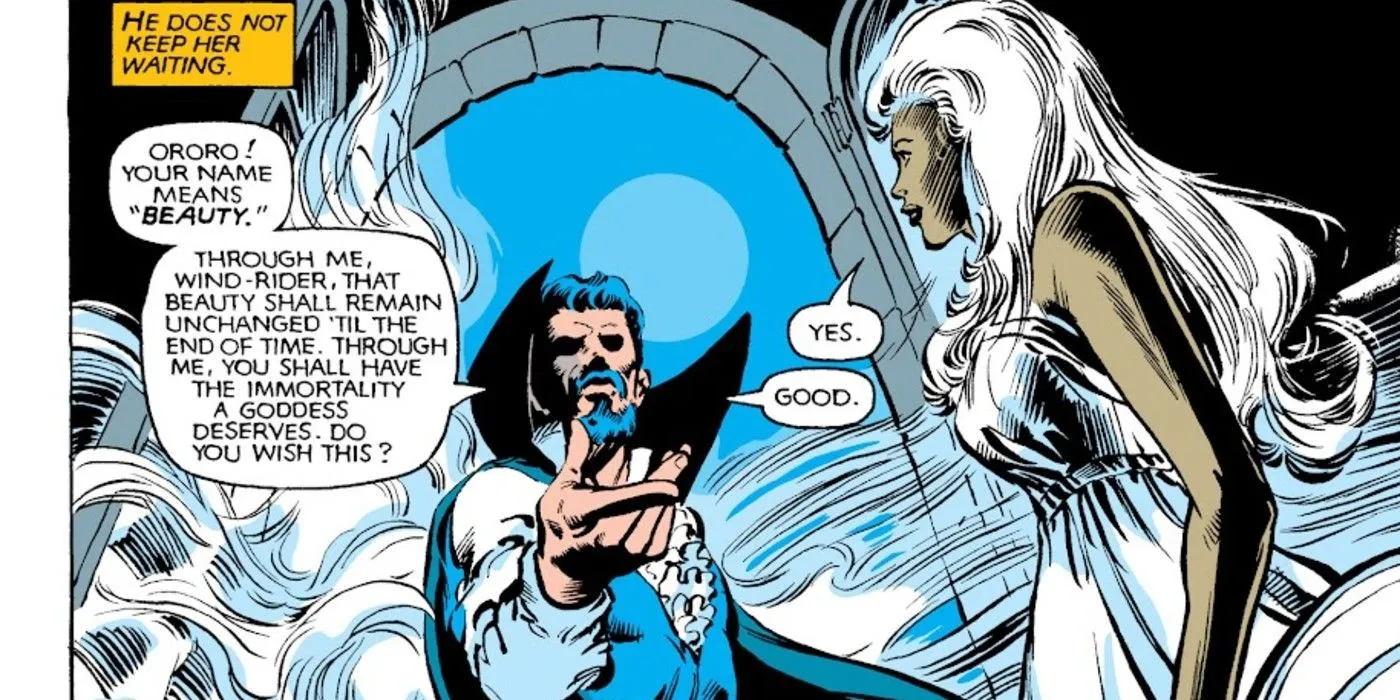
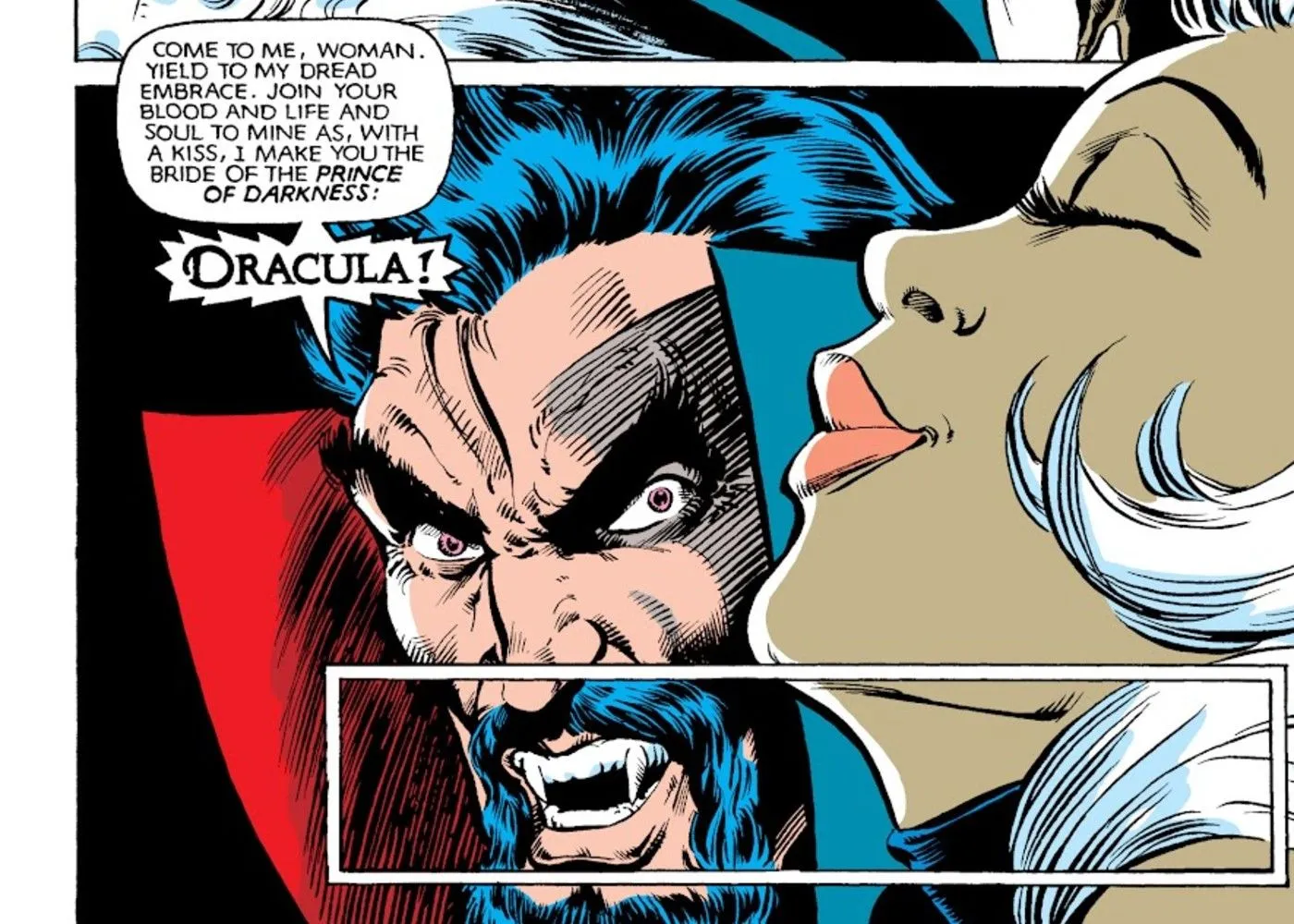
The gripping tale in Uncanny X-Men #159 launches with a title like “Night Screams!”that promises thrills from the outset. The X-Men find themselves embroiled in a battle with Dracula, with Storm risking becoming his vampire bride. The mystery surrounding Storm’s drastic change in demeanor, including her fear of sunlight and a peculiar throat wound, sets the stage for the X-Men’s desperate mission.
As Dracula emerges, claiming Storm, Kitty Pryde steps into the role of Van Helsing, desperate to save her friend while the rest of the team struggles against the vampire lord. Just when it seems like the threat is neutralized, Dracula resurfaces in Uncanny X-Men Annual #6, delivering a two-part saga that masterfully evokes the imposing Gothic atmosphere of Hammer Horror films.
4. Kitty Pryde Is Home Alone with a Xenomorph-Like Alien
Uncanny X-Men #143 by Chris Claremont and John Byrne
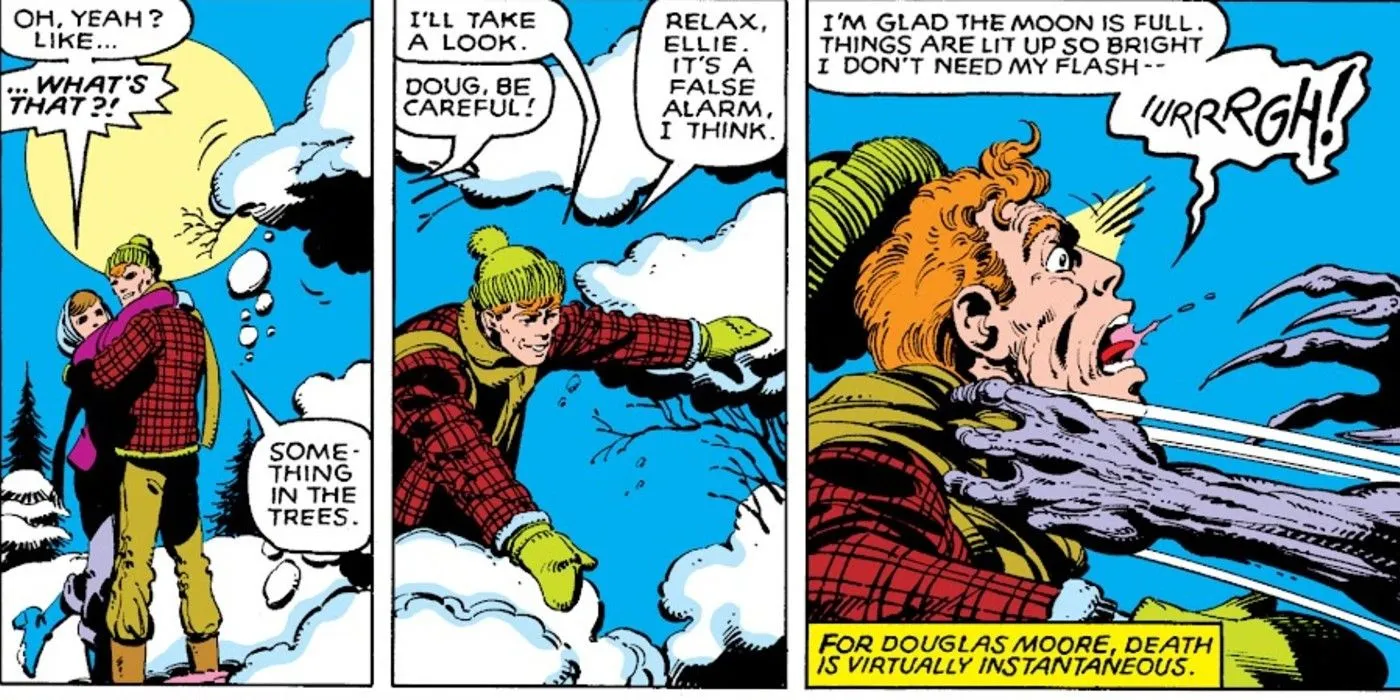
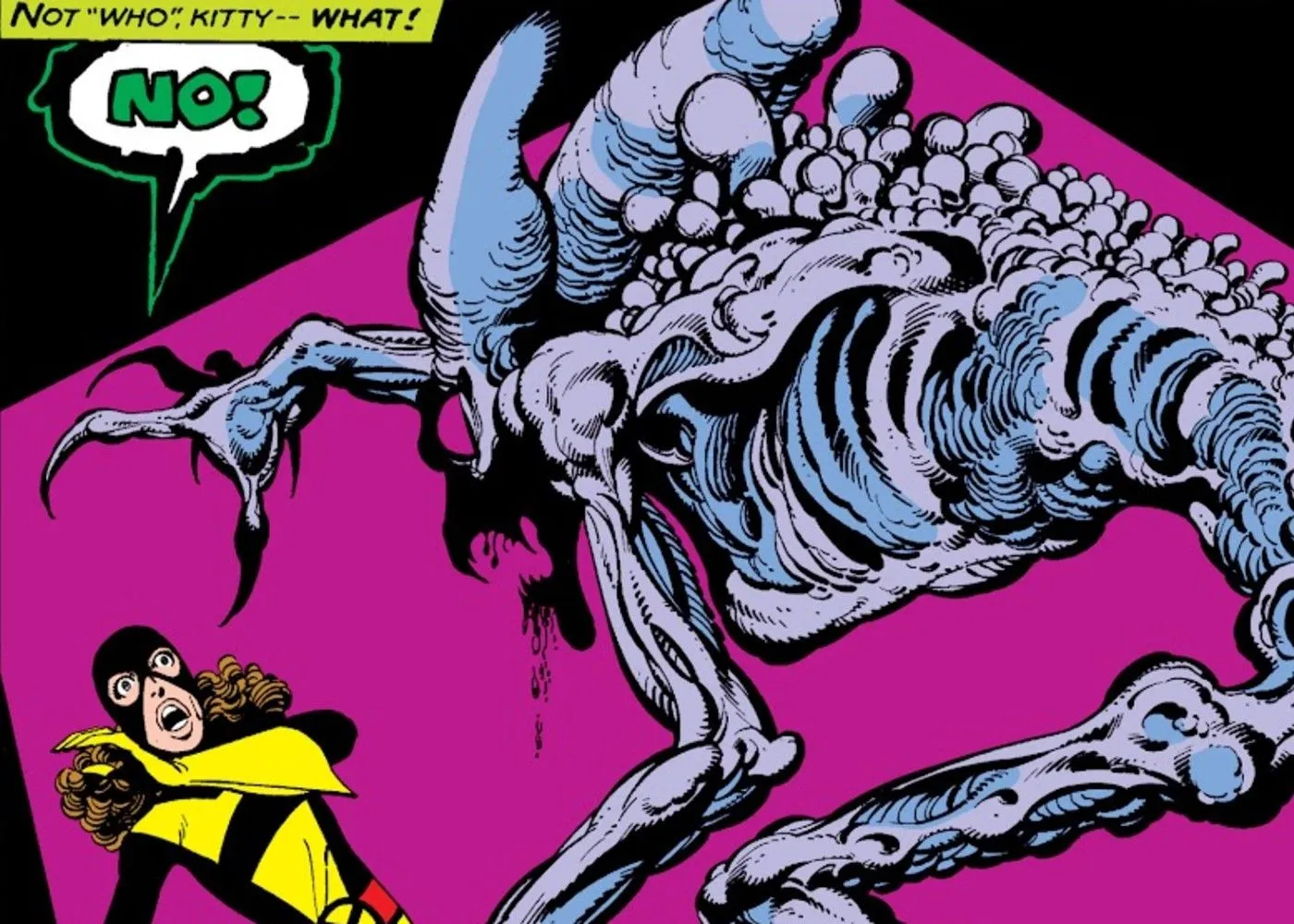
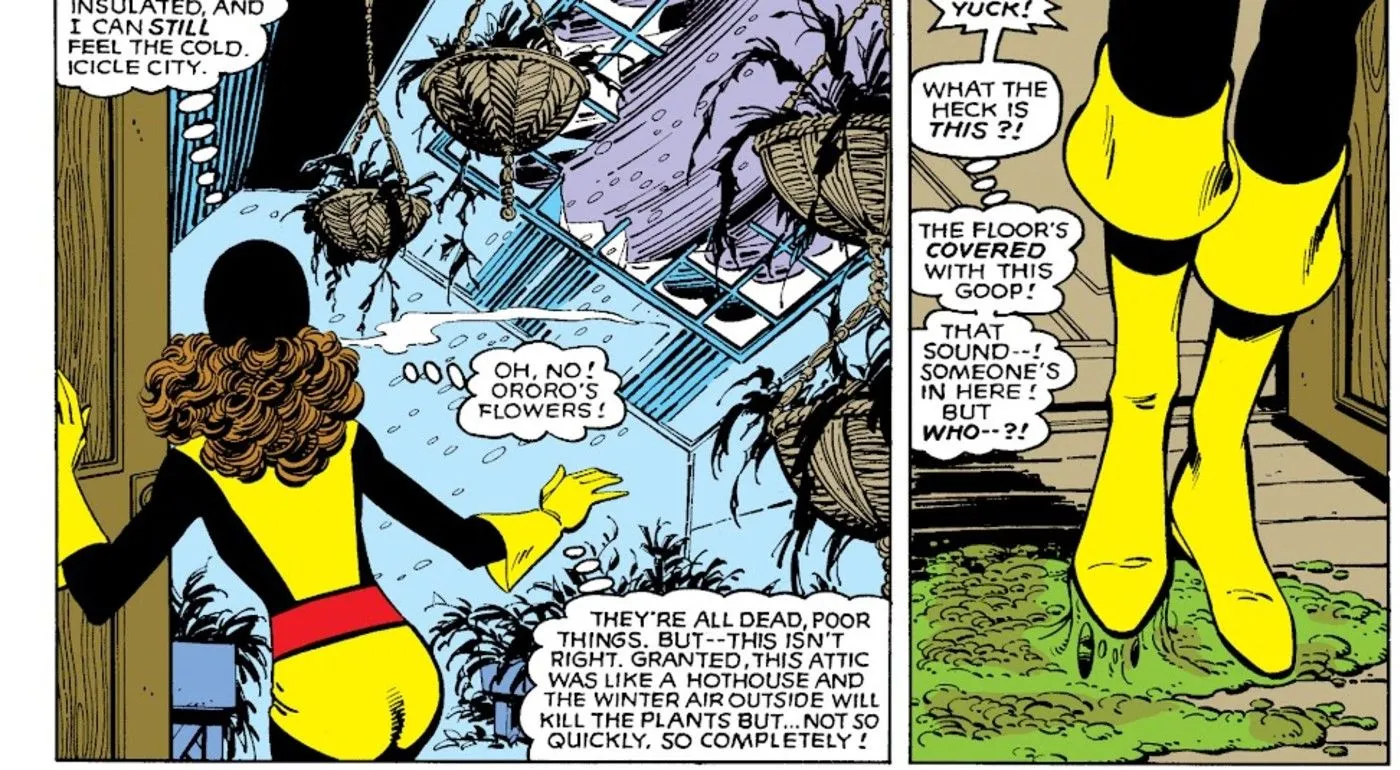
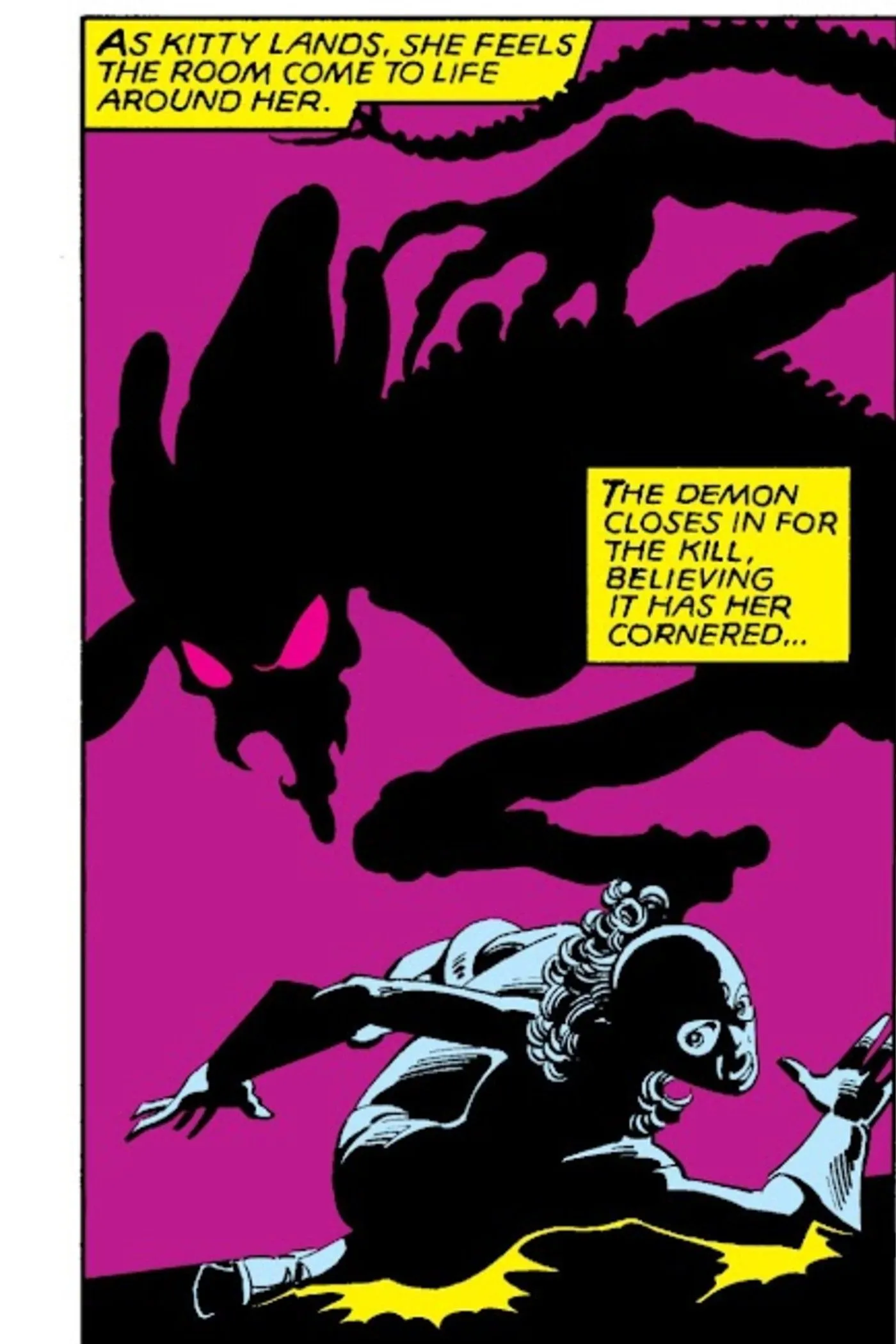
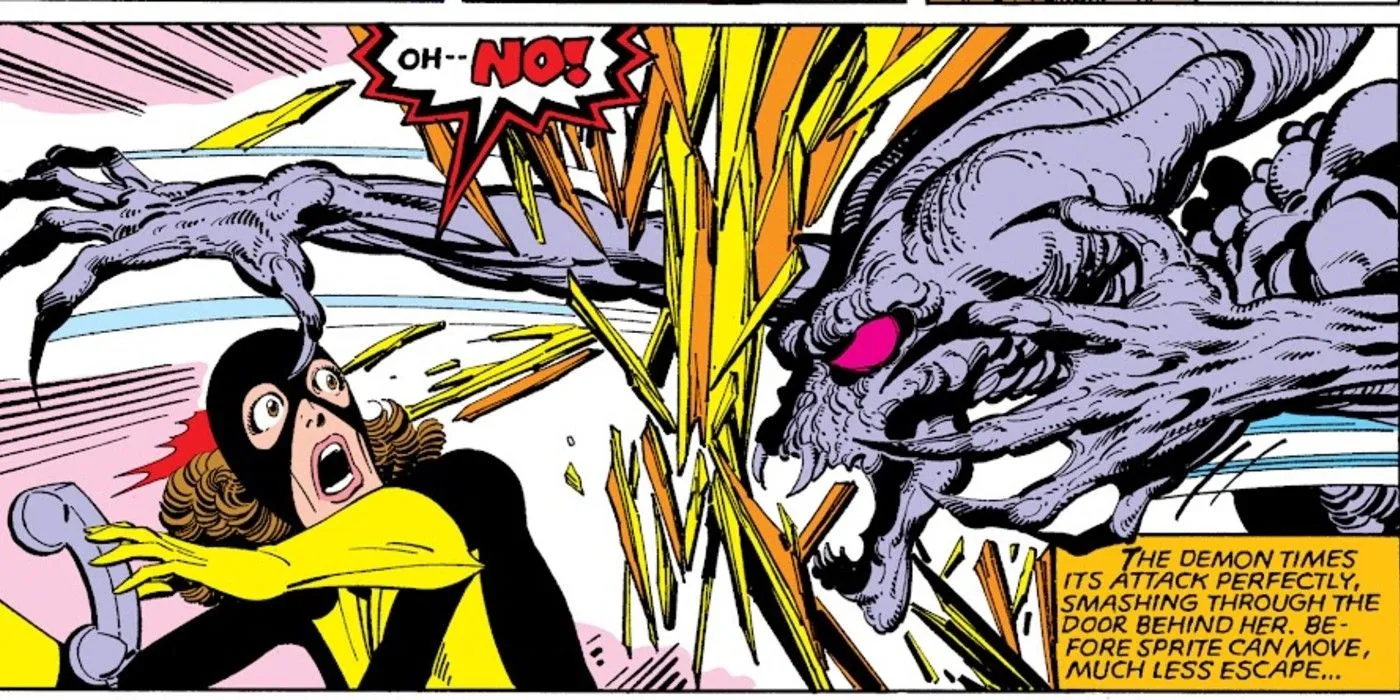
Horror and festive cheer intersect in this holiday-themed X-Men story where the ancient Elder Gods, known as the N’Garai, are back. Although sealing the gateway to their dimension should have thwarted their return, one demon slips through just as Kitty finds herself alone at the X-Mansion over Christmas Eve.
With the team away, Kitty is left to defend the mansion against an alien menace that evokes memories of the terrifying Xenomorph from Aliens. Utilizing her knowledge of the mansion’s defenses, including the Danger Room, Kitty fights for survival. This story is rife with jump scares and embodies the essence of classic horror movies, where a serene holiday setting is transformed into a terrifying battleground.
3. Jubilee Is Home Alone with Sabretooth
What If… #87 by Dan Abnett, Andy Lanning, and Frank Teran
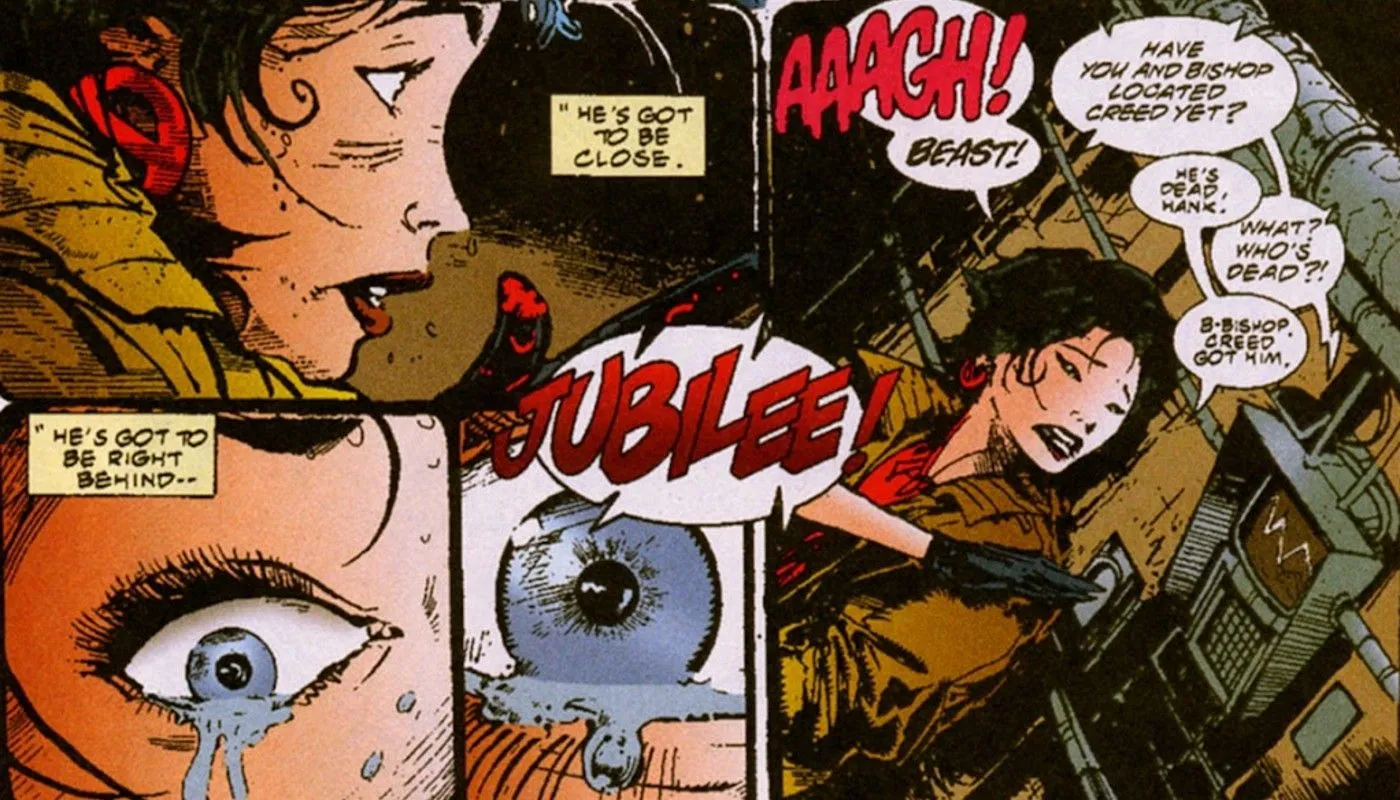
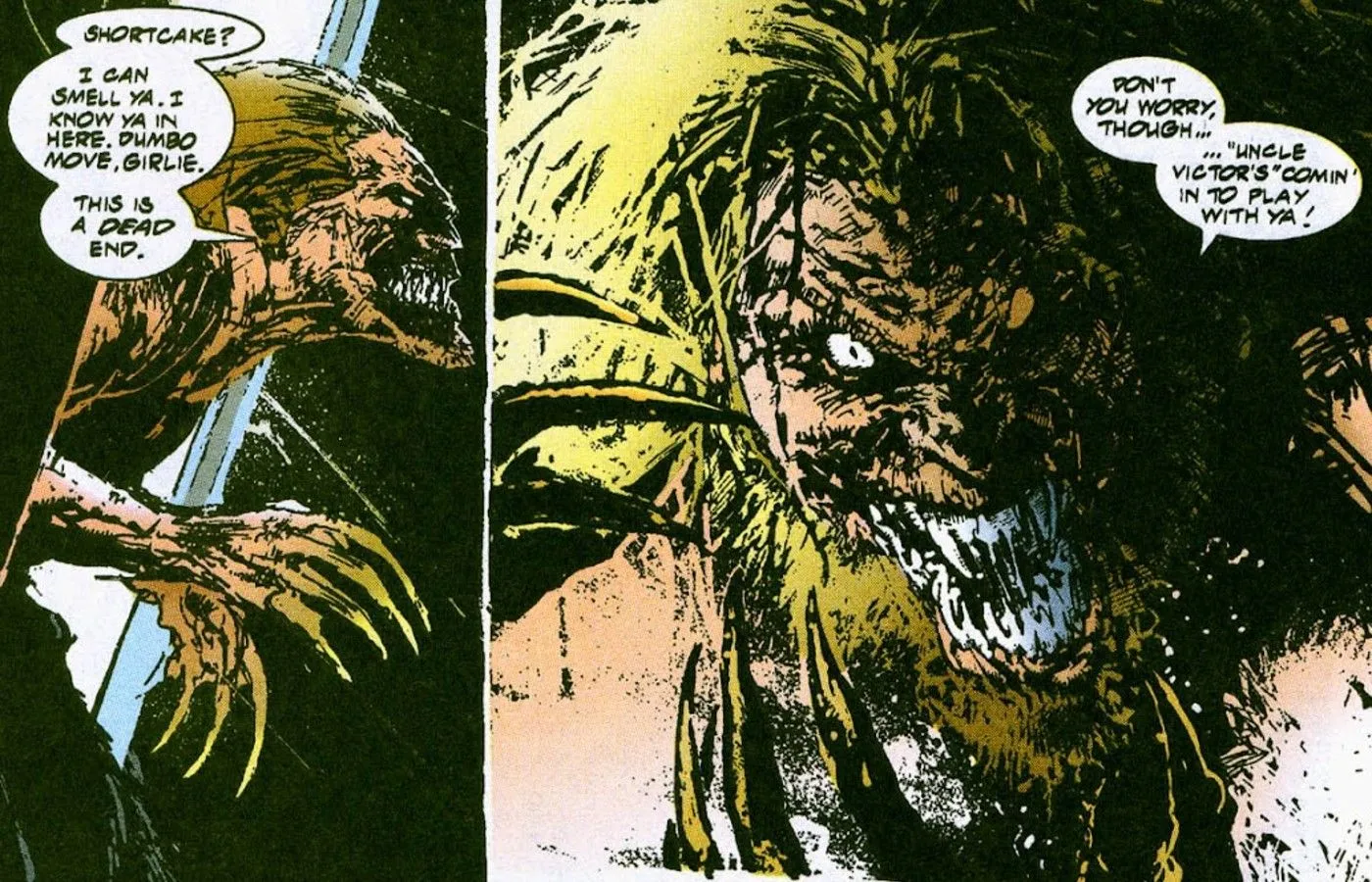
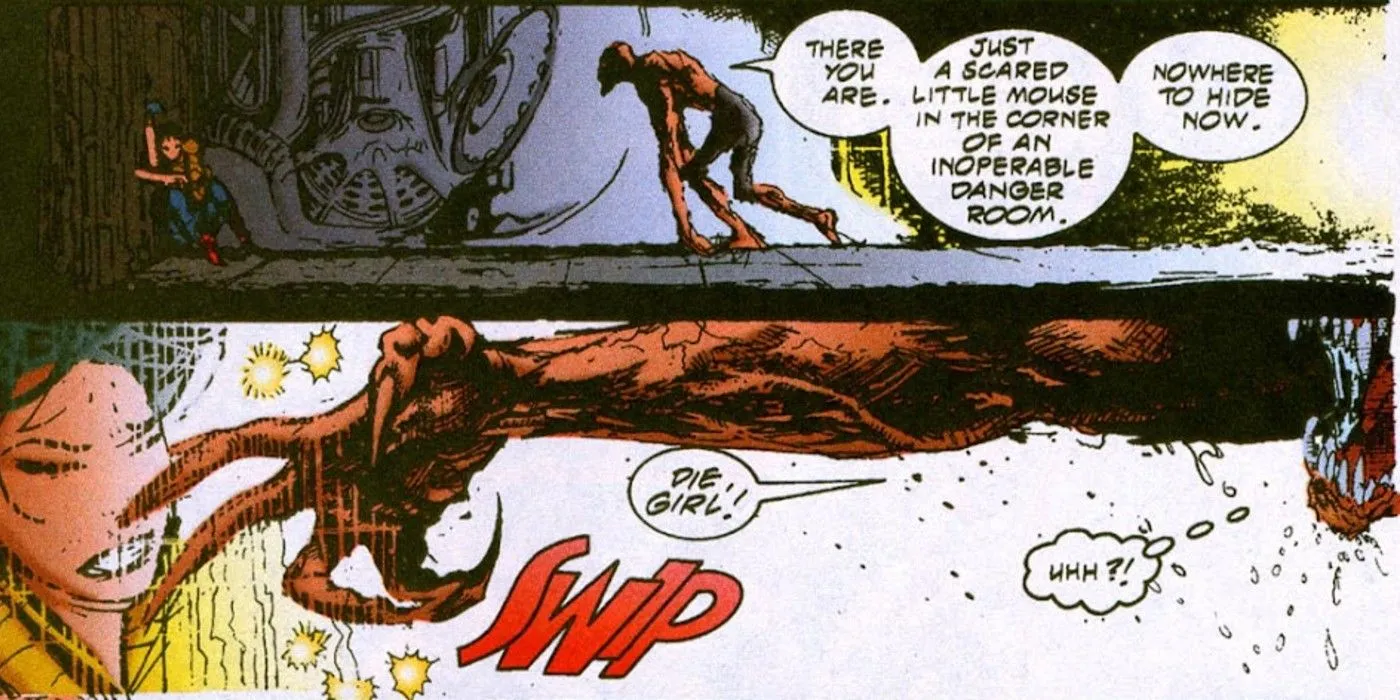
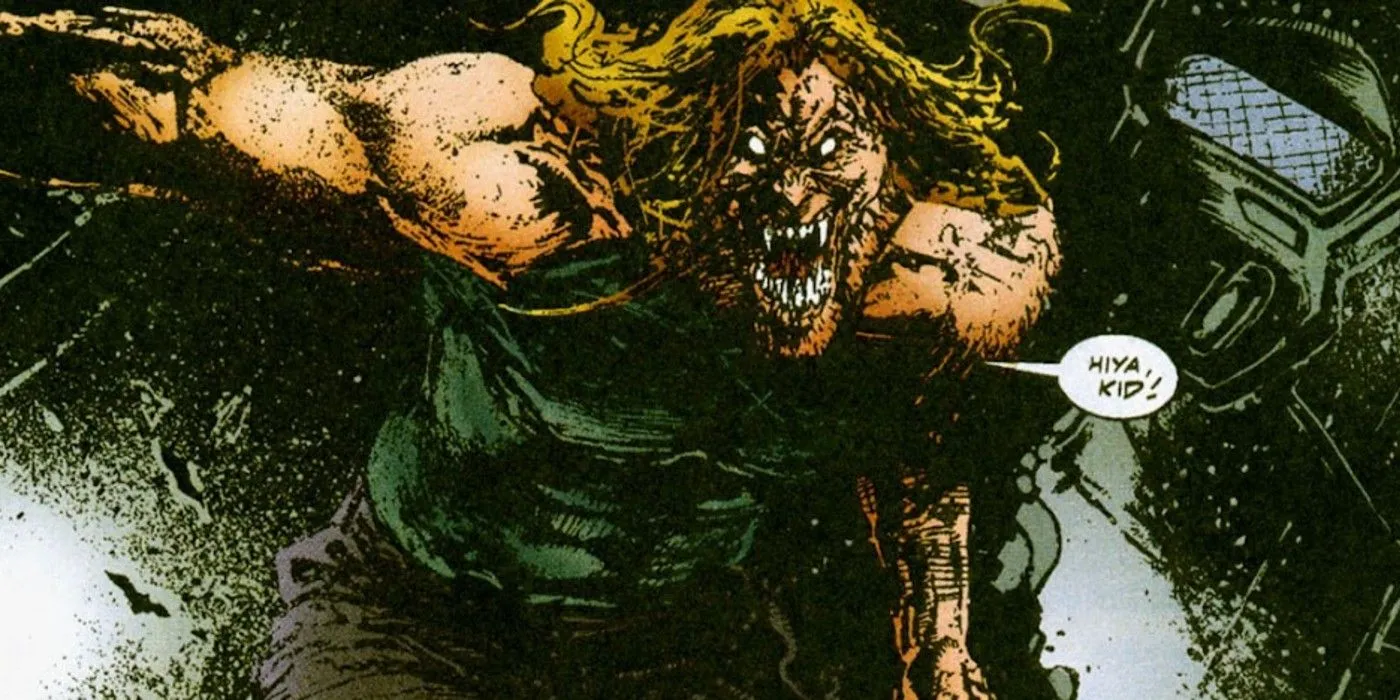
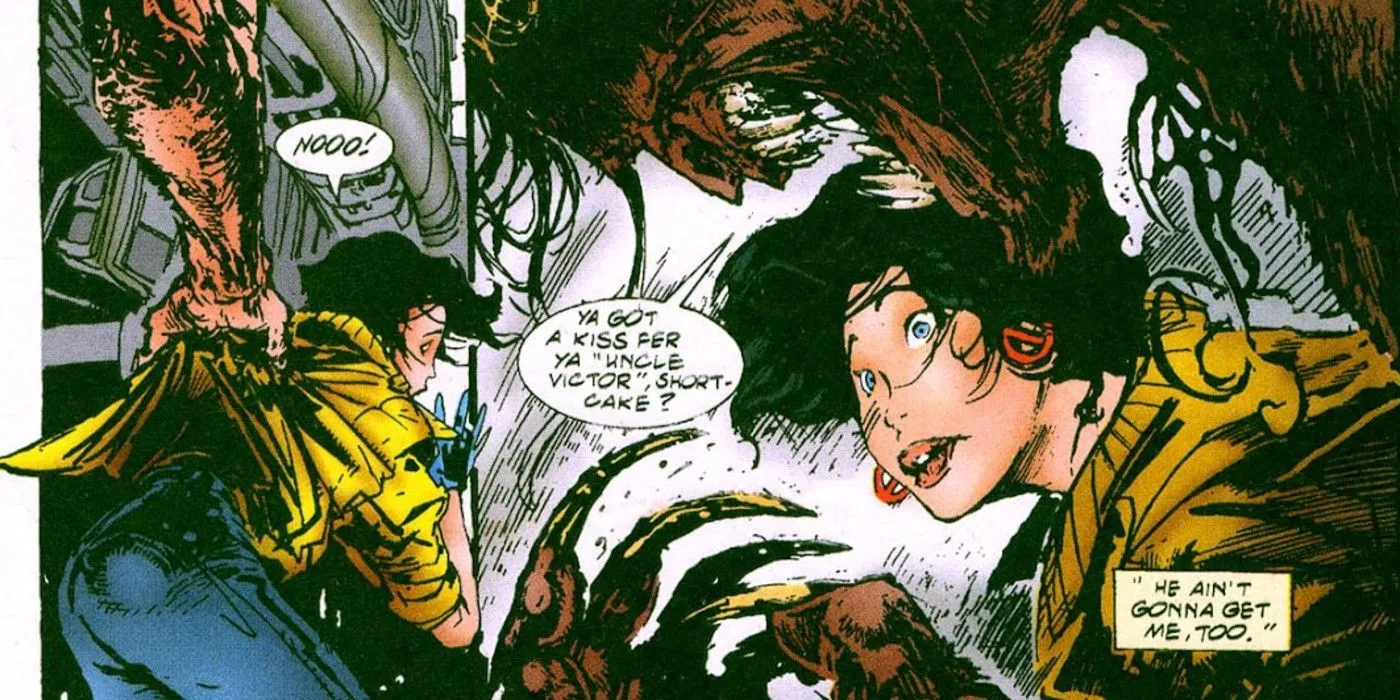
There is perhaps nothing more nerve-wracking than being alone with Sabretooth, Wolverine’s fiercest adversary. In this scenario from a universe where Professor X attempted to rehabilitate Sabretooth among the X-Men, his attempt turns disastrous as he’s sent into a rampage. As Sabretooth hunts down the X-Men one by one, a young Jubilee is left to fend for herself during the chaos.
The dark, gritty illustrations highlight the terror in Jubilee’s expressions as she survives the assault. Her portrayal as a “final girl”in this horror narrative leaves a lasting impression as the carnage escalates to an unsettling level that feels more akin to a Nightmare on Elm Street movie rather than standard X-Men fare.
2. 2024’s Ultimate X-Men Is Inspired by Horror Manga
Ultimate X-Men #1 by Peach Momoko
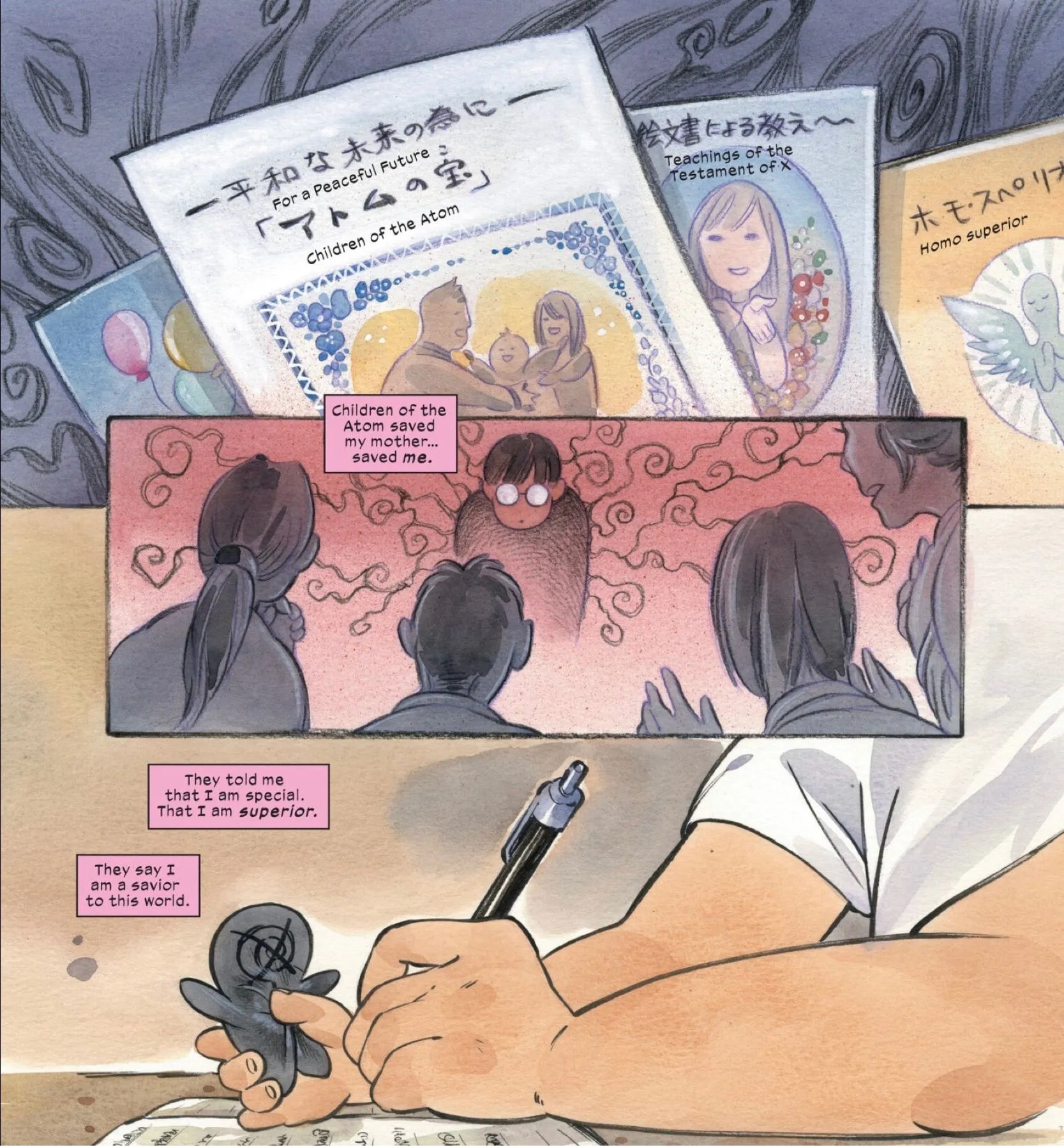
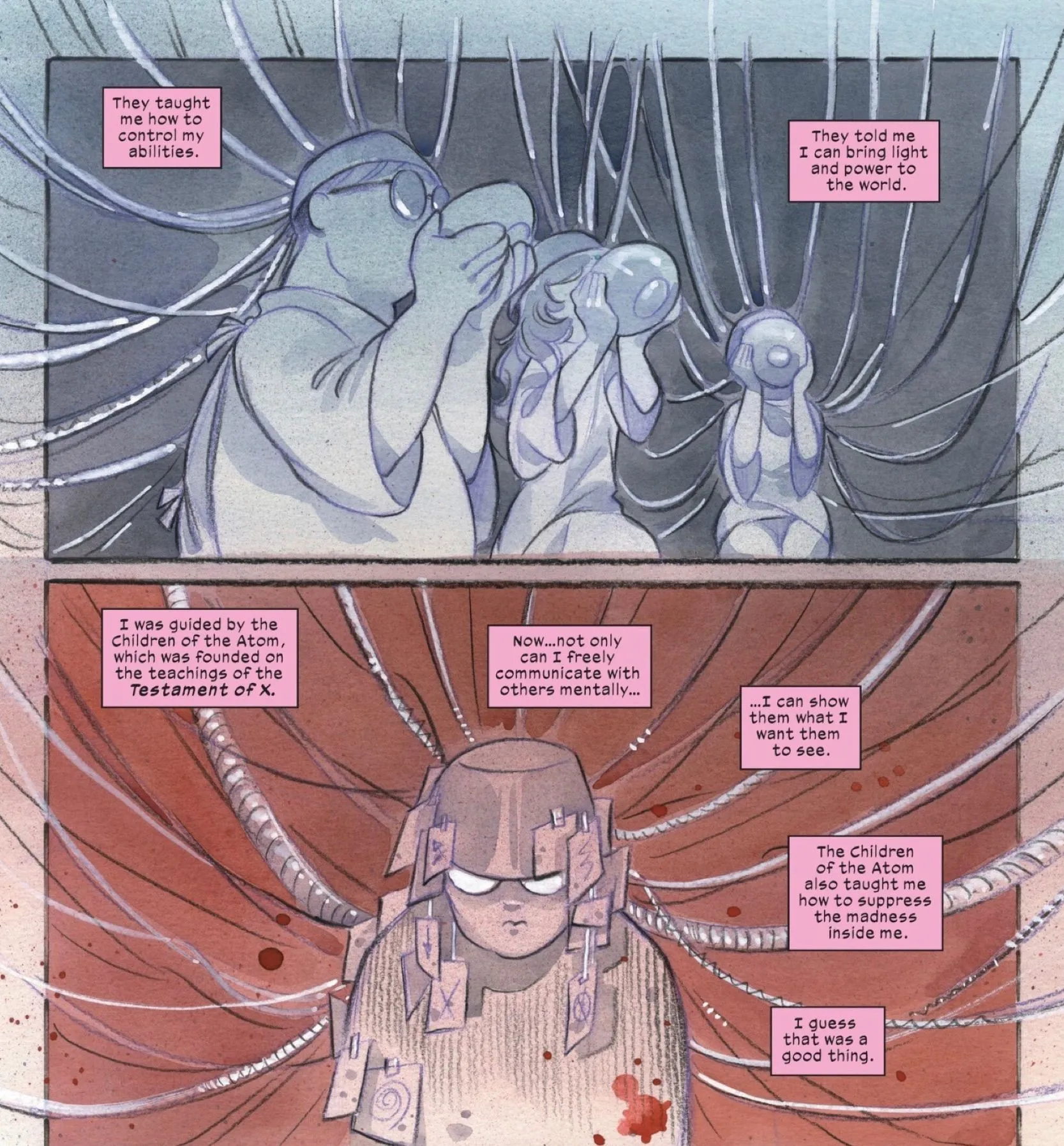
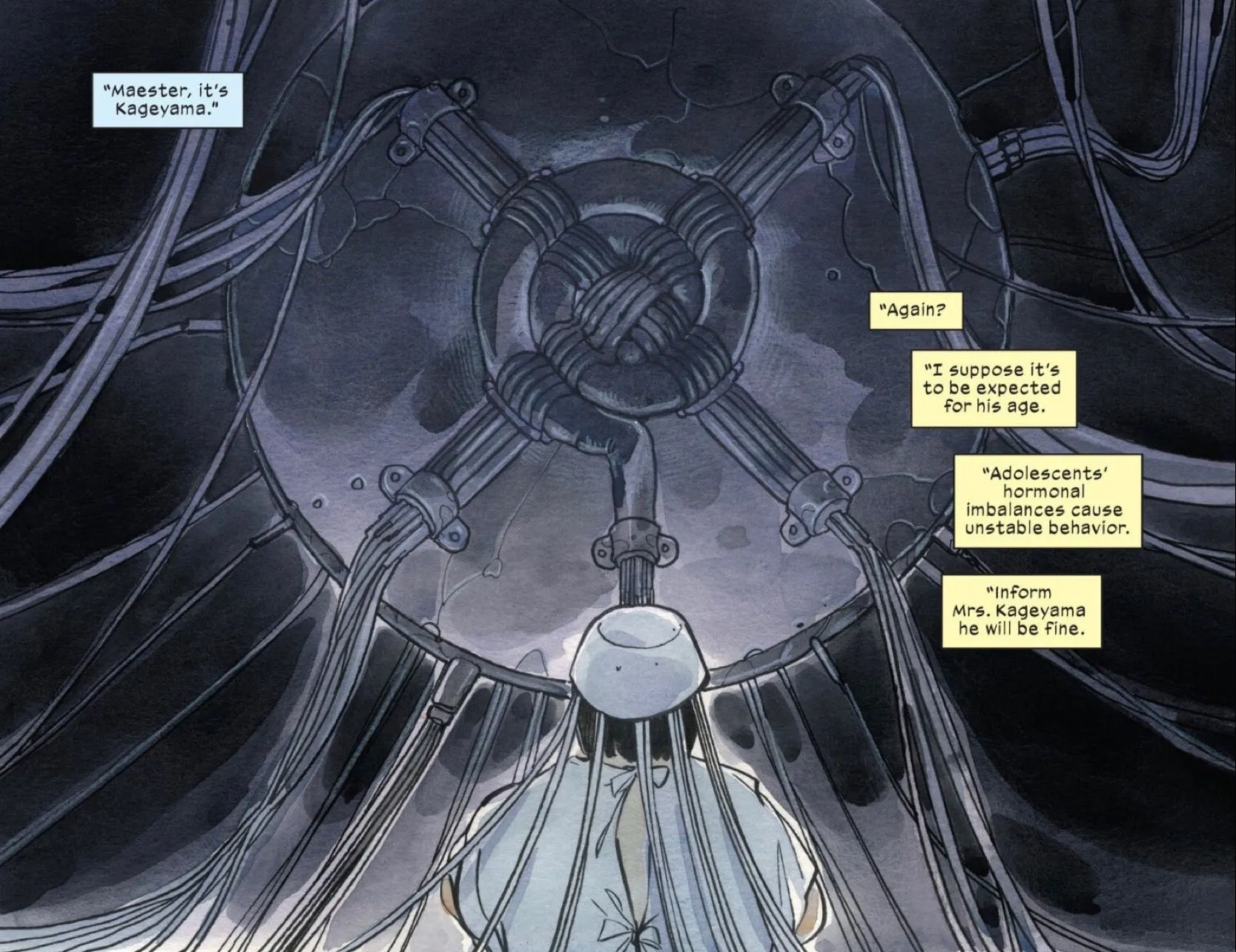
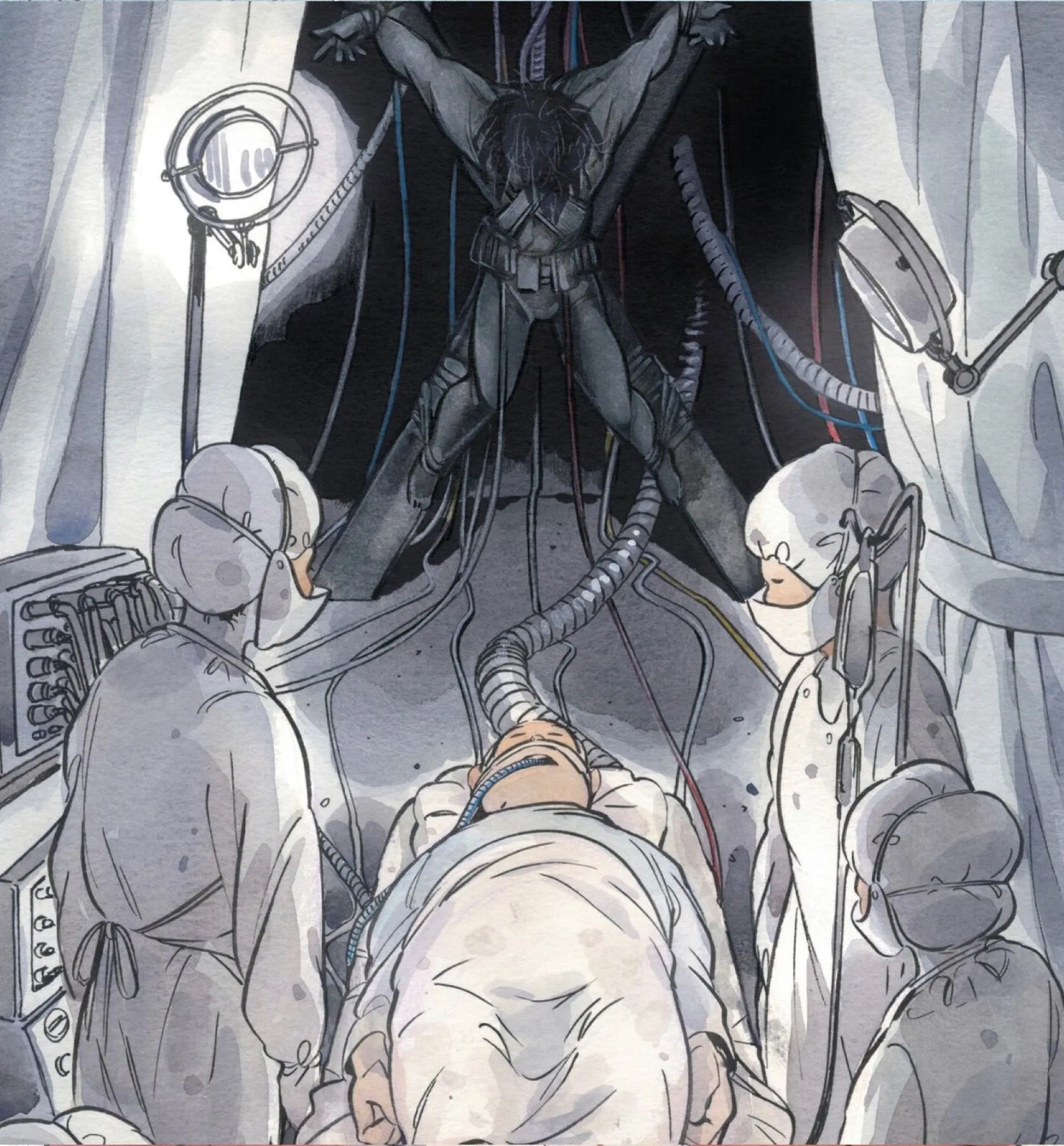
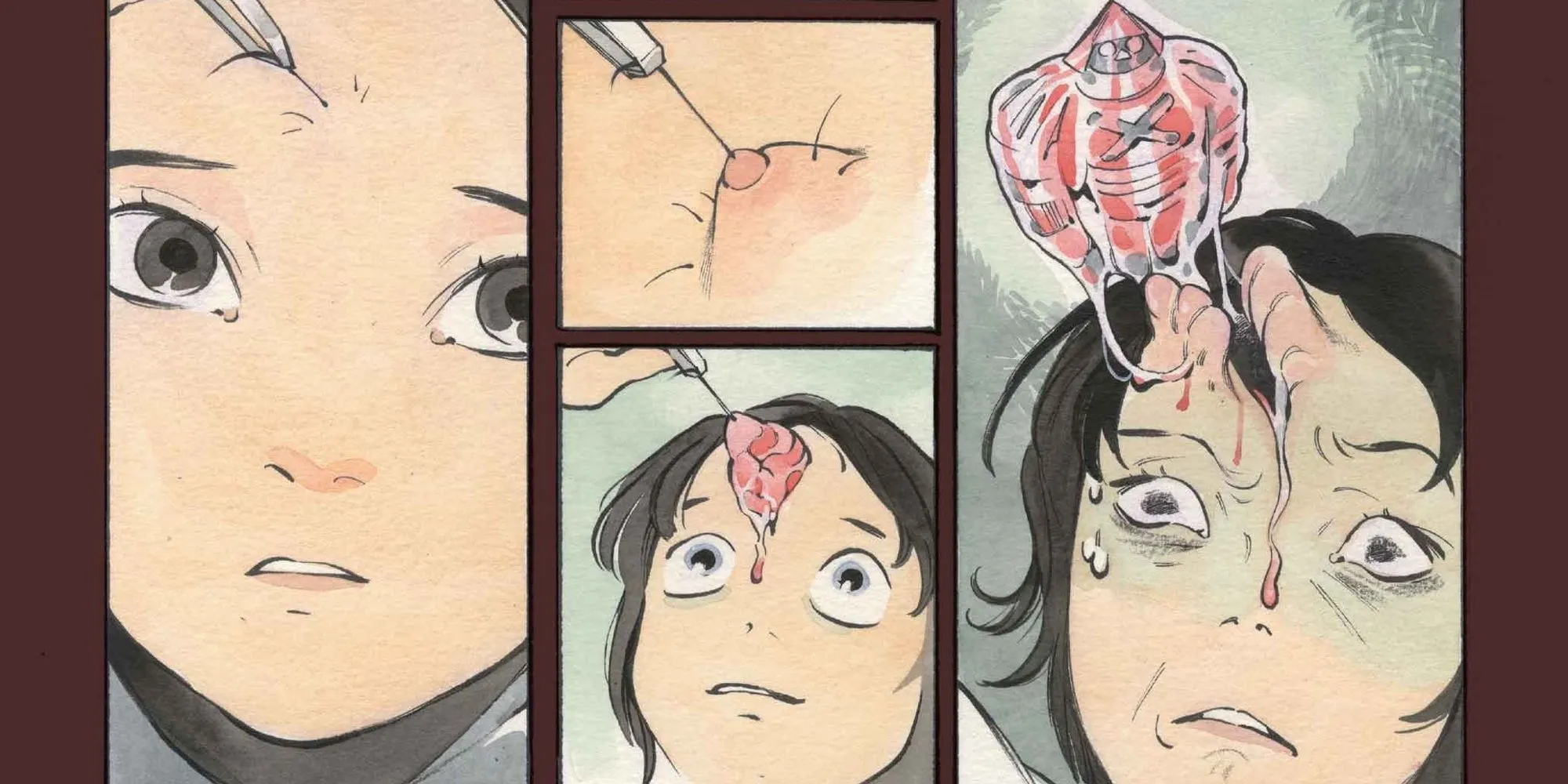
The original Ultimate X-Men series includes some of the most mournful stories centering on Wolverine. With a recent reboot of the Ultimate Universe, Peach Momoko stepped in as both the writer and artist, steering the series toward new grounds by featuring Hisako Ichiki, known as Armor, as the primary character.
Momoko has openly stated her inspiration from horror manga, emphasizing themes of body horror and psychological dread. Since the series began, she has consistently delivered a horror-infused narrative that explores the trauma of coming into one’s powers, making it one of the most significant horror-oriented X-Men chronicles yet.
1. Stephen King’s Only X-Men Story Is Reminiscent of One of His Novels
Pages 10-12 of Heroes for Hope: Starring the X-Men #1 by Stephen King and Berni Wrightson
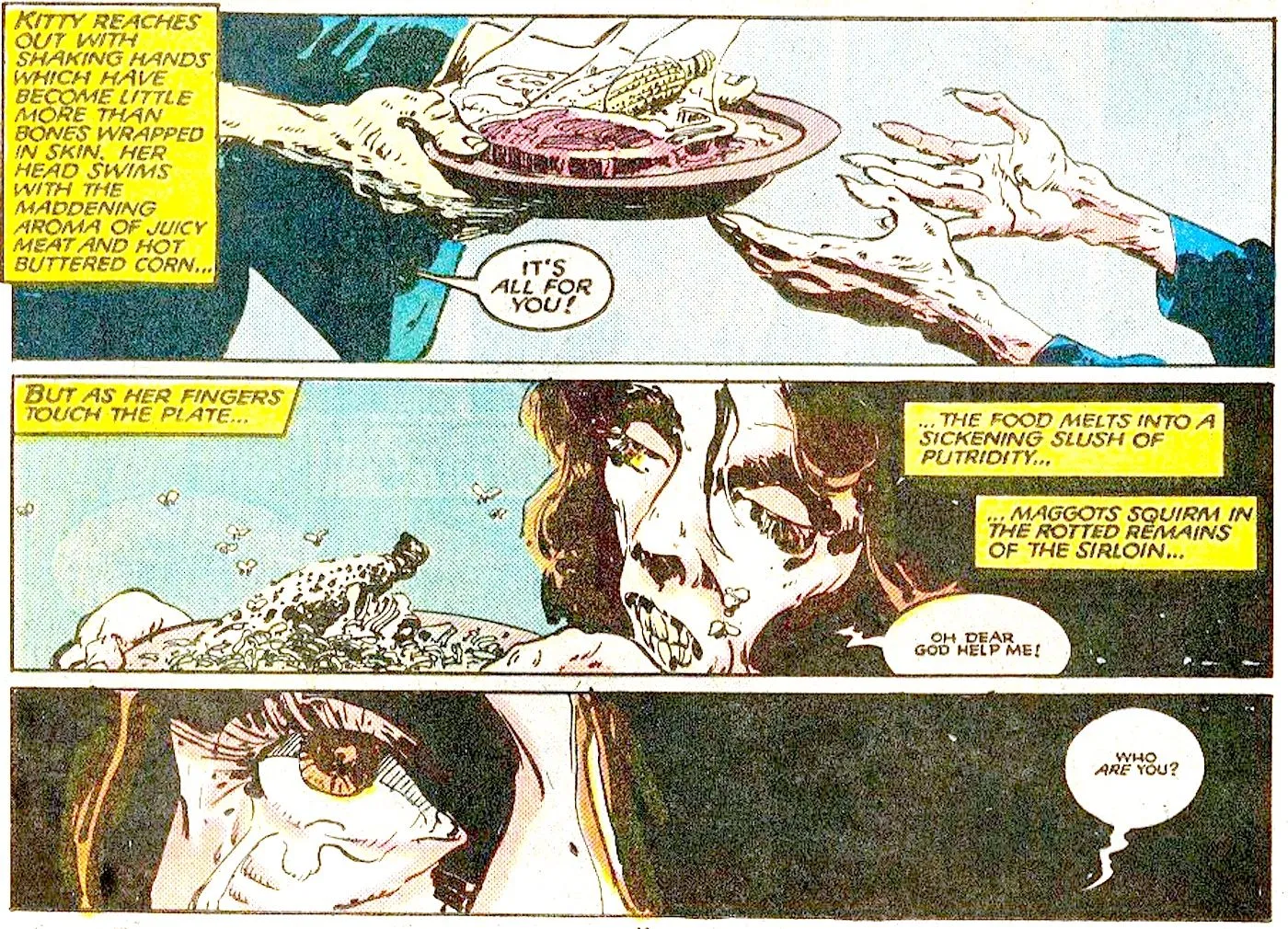
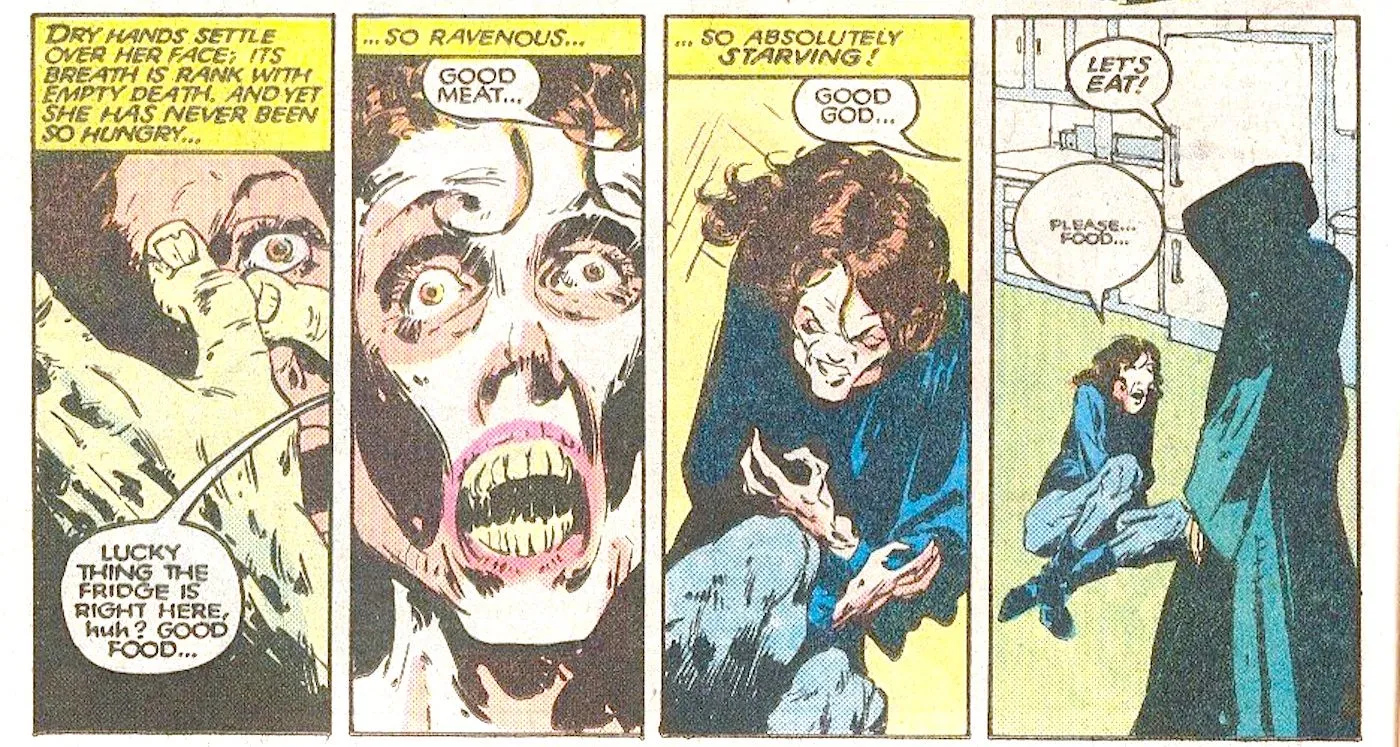
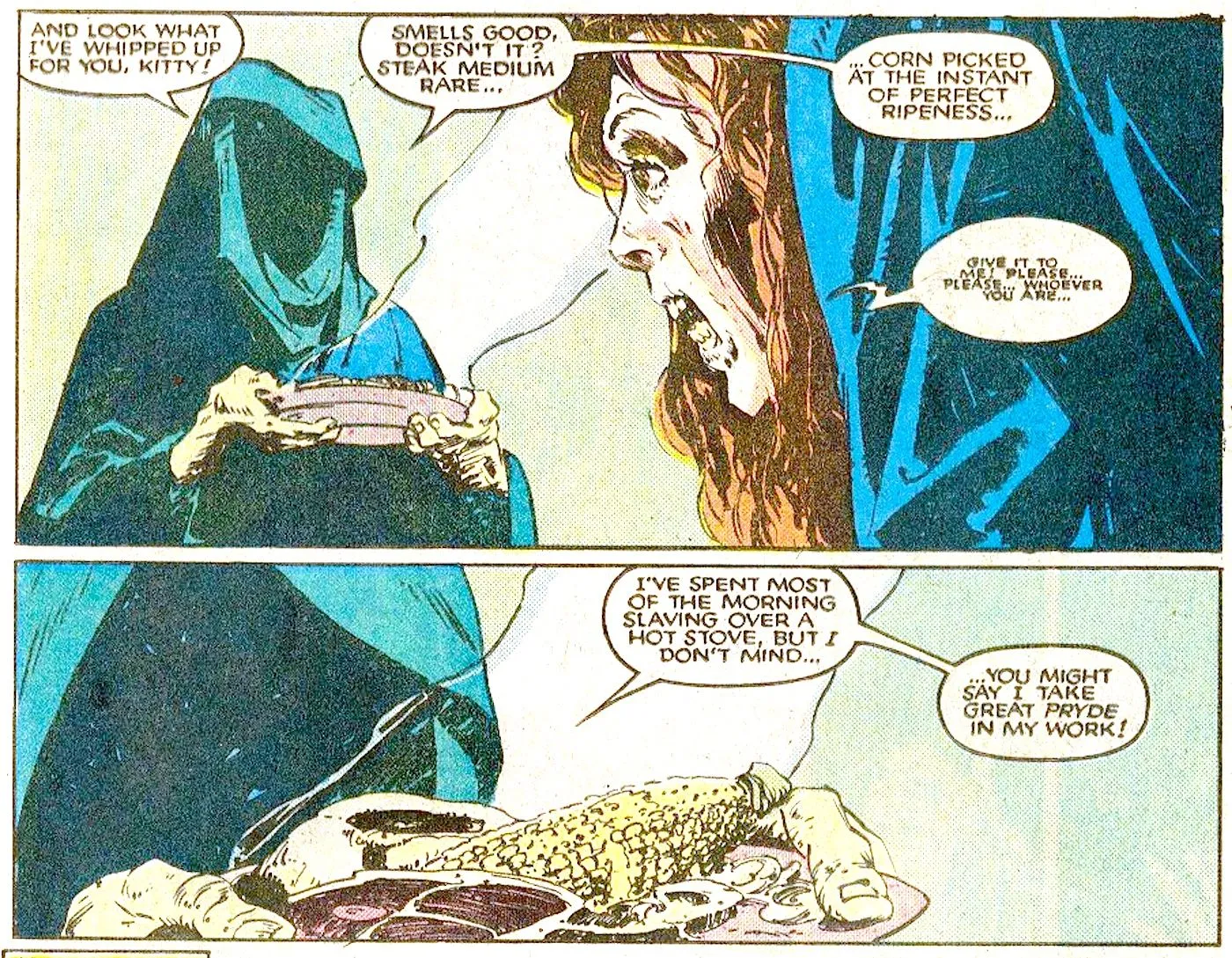
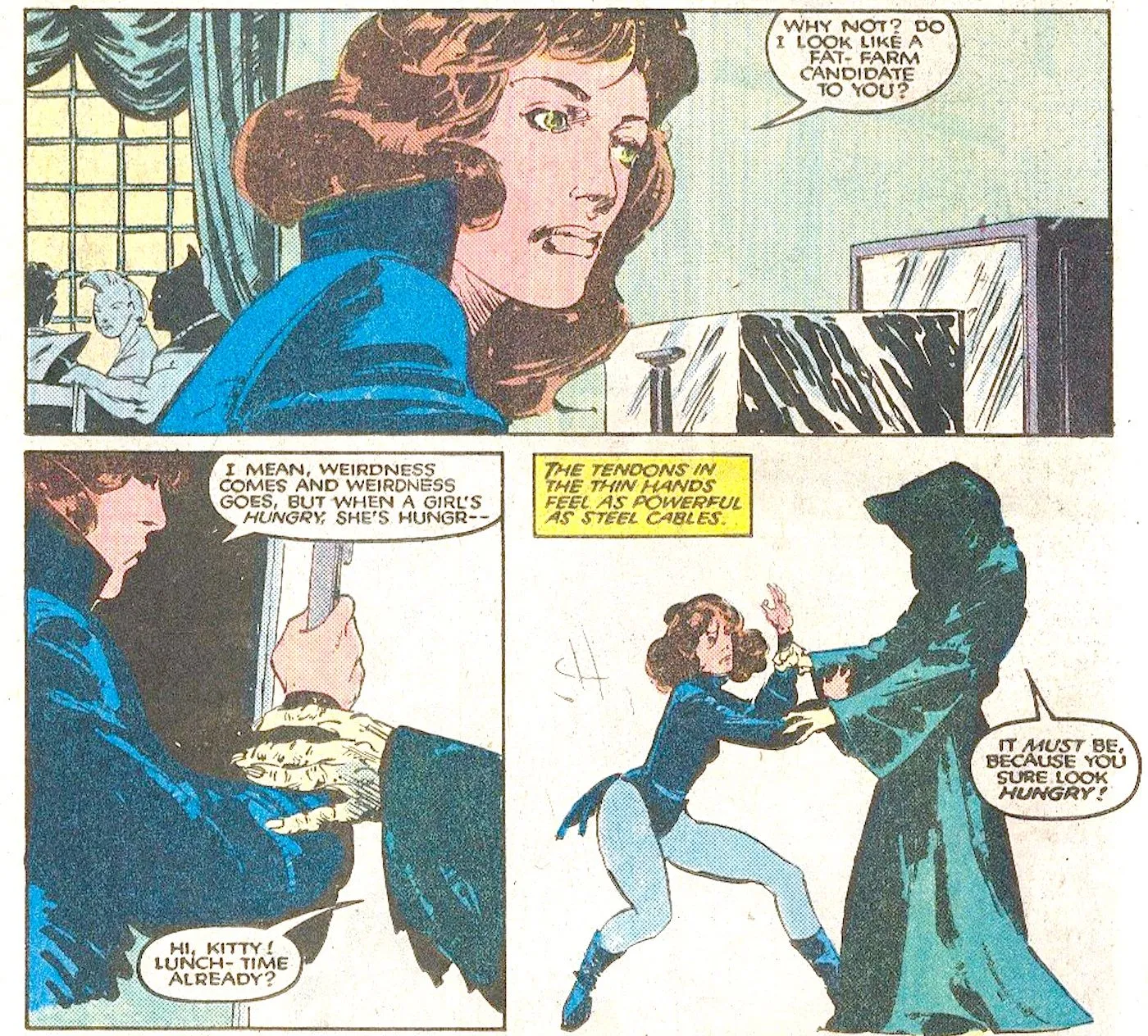
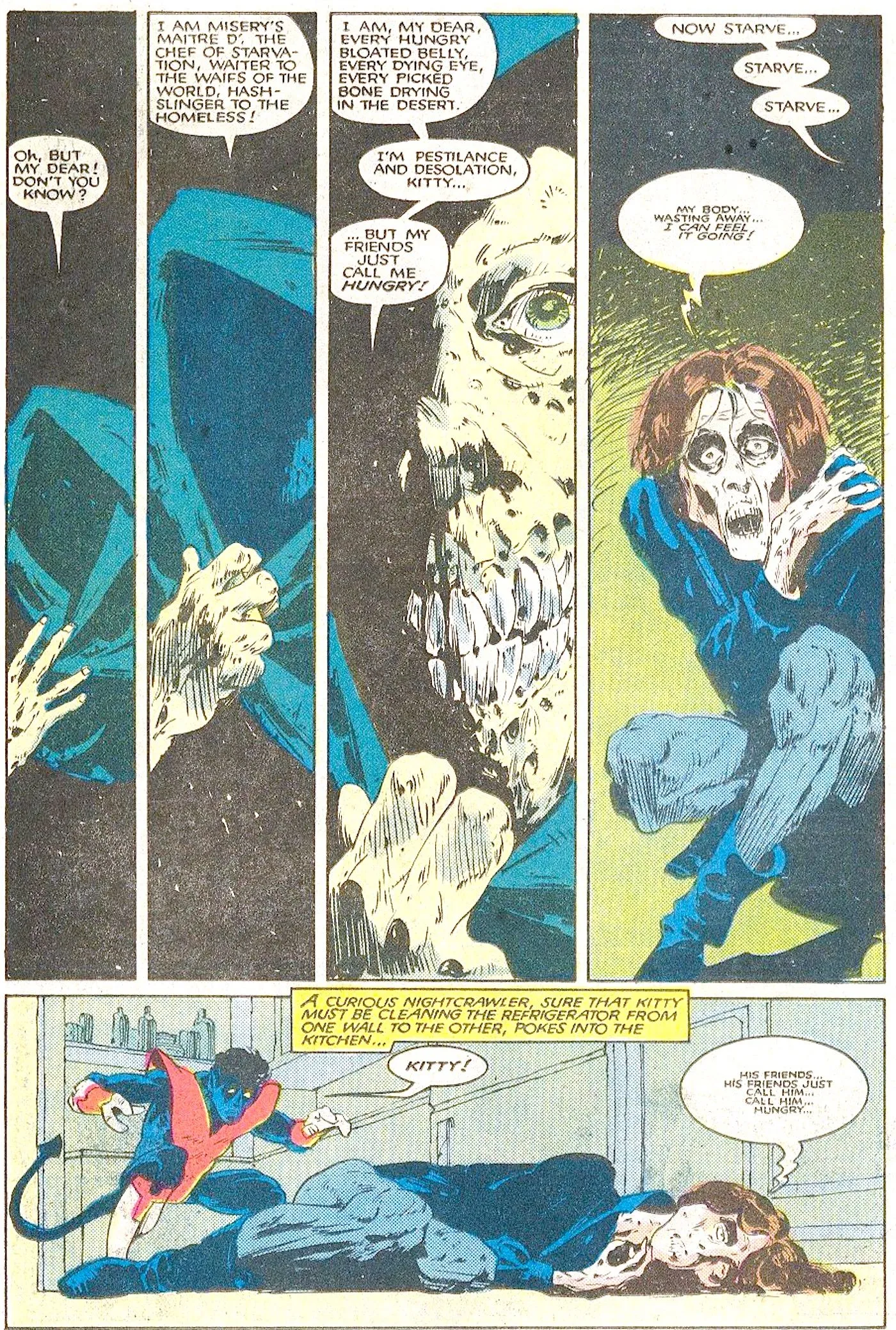
Created in 1985, Heroes for Hope: Starring the X-Men was a compelling project aimed at raising funds for famine relief in Africa. This 48-page story features multiple renowned creative teams, with icons like Stan Lee, Frank Miller, and horror mastermind Stephen King contributing their talents. Central to the narrative is a crisis where members of the X-Men are besieged by psychic attacks.
These devastating psychic intrusions are executed by a god-like being that thrives on human anguish, targeting the innermost fears of the X-Men. For Kitty Pryde, her anxiety surrounds starvation, leading to an unforgettable sequence where a foe named “Hungry”manipulates her hunger, reminiscent of King’s earlier work Chekhov’s Thinner. With a simple touch, this malevolent entity reduces Kitty to a mere shadow of her former self, crafting one of the most chilling X-Men narratives to grace comic pages.
